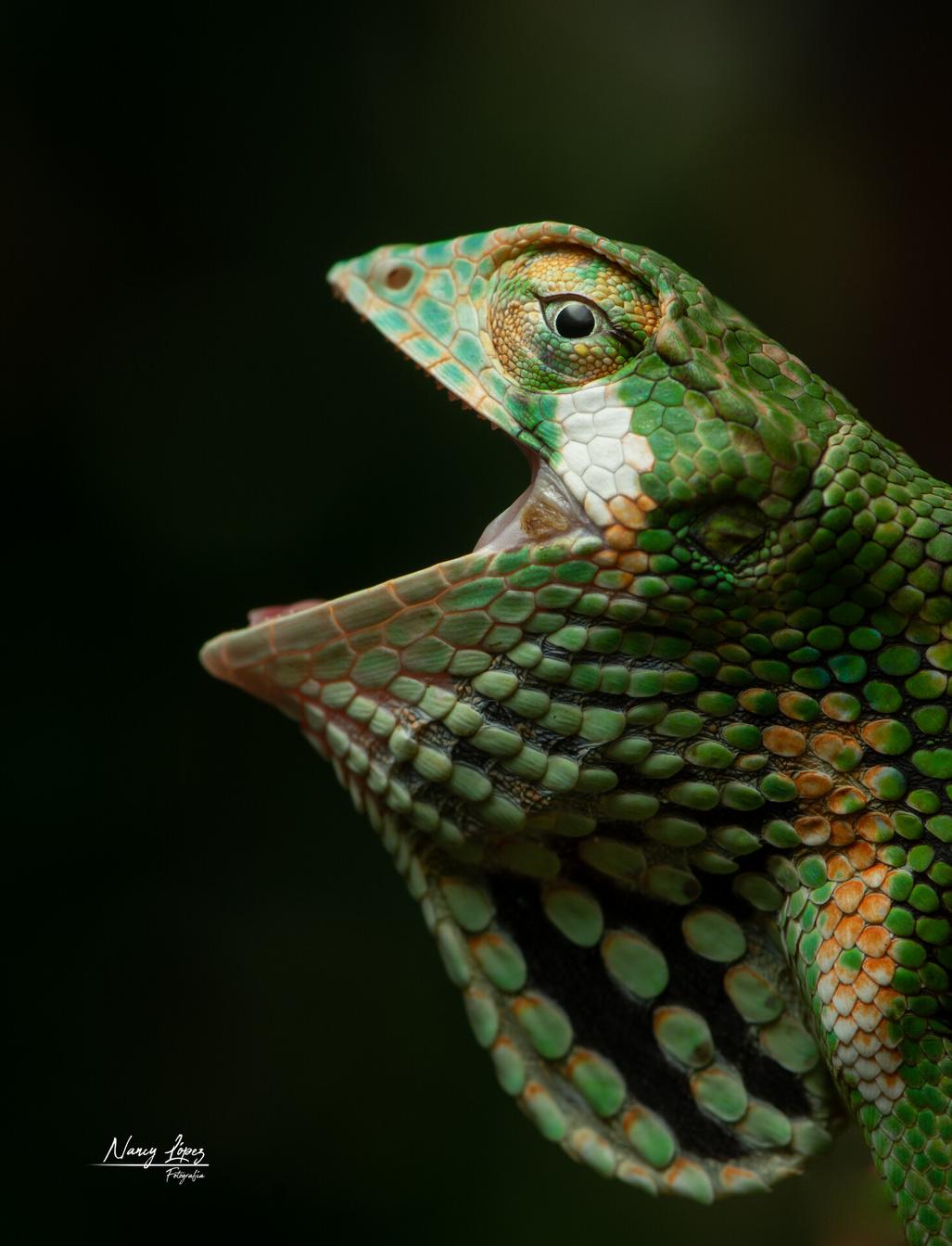










is working to conserve the globally significant biological diversity of the Osa Peninsula.
To protect this unparalleled biodiversity, Osa Conservation makes an impact by leading conservation action from the Pacific Ocean to the Talamanca Mountains.

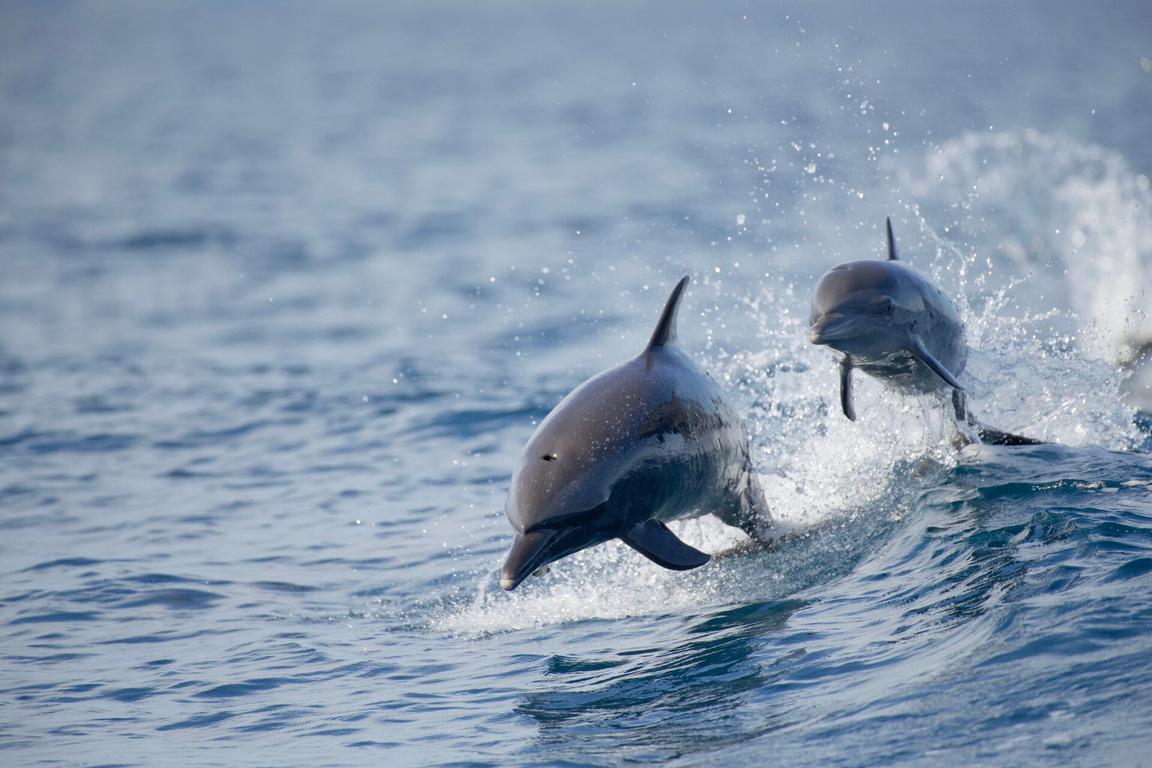
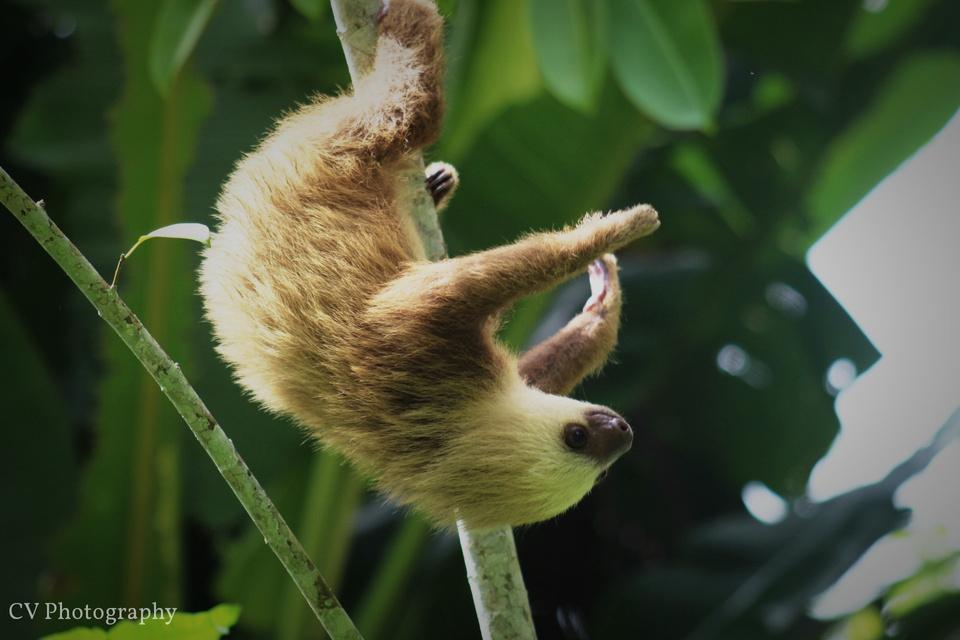

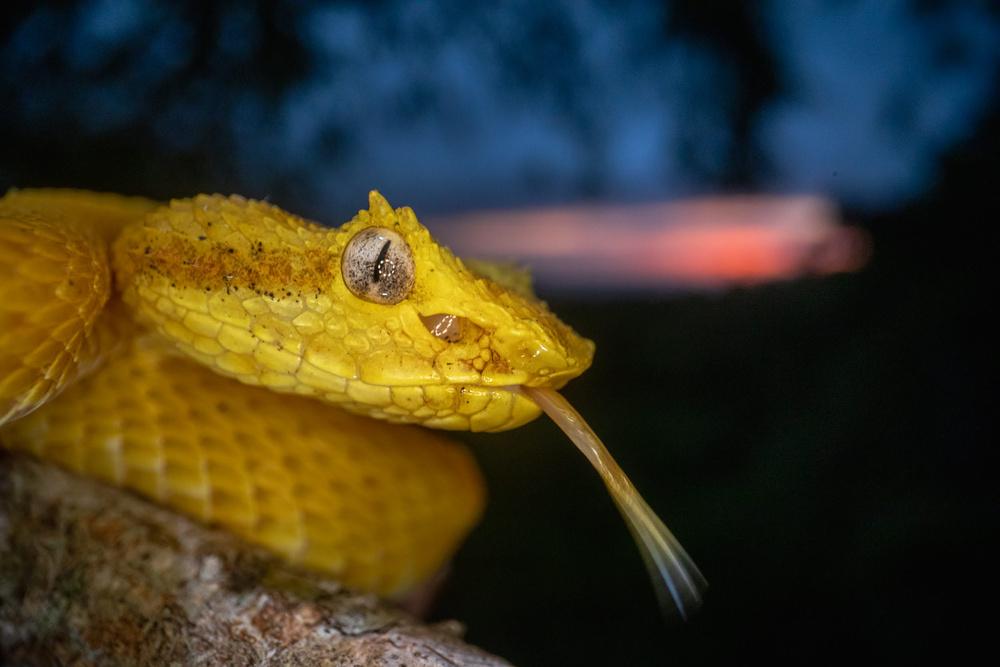


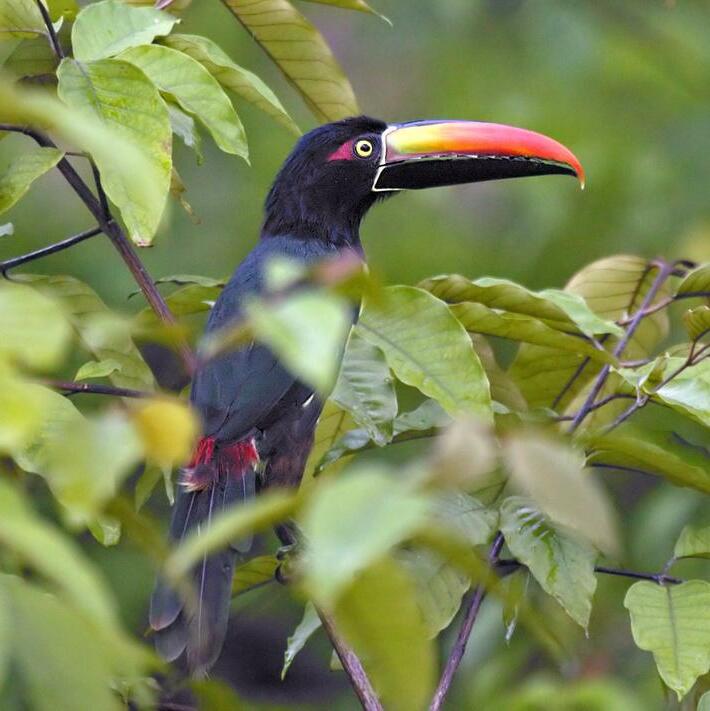

05 A Letter from our Executive Director - Building Climate Adaptation
11
2022 Impact: Restoration & Rewilding 13
2022 Impact: Putting Conservation Tech to Work 15


2022 Impact: Regenerative Farming 17
2022 Impact: Protecting our Blue Planet 19
2022 Impact: Community -Driven Action 21
2022 Impact: An Immersive Educational Experience
Ridge to Reef Impact Map 23
2022 Scientific Outputs Protecting Wild Places


The Pillars of our Conservation Action 25


Over60%oftheworld’stropicalforestelevation gradients, or ‘climate lifeboats for biodiversity,' arebroken.
In the face of a rapidly changing climate, the research is clear that life on Earth will need to move and adapt to these changing conditions. Science indicates that the movement of plants and animals will be upslope in search of cooler climates.
While climate change adaptation is at the forefront of many ecosystem restoration agendas, there is no organized effort to plan restoration initiatives around climate resilience for long-term biodiversity preservation. It has been estimated that only 40% of the World’s
In Costa Rica, one of the most important areas foractivelyrestoringtheconnectivityofforests acrosselevationalgradients istheAmistosaBiological Corridor.
The region is comprised of cloud forest mountaintops, archaic tropical lowland rainforests, Central America’s largest mangrove system, and the unnmatched seascape of the Cocos-Galapagos Swimway, making this region a biological hotspot on whichtheplanetdepends.

The map below shows the change in the Enhanced Vegetation Index (EVI) between 1987 and2019 createdwithNASADevelop,astudent platformtohelpon-the-ground nderstand how landscapes are
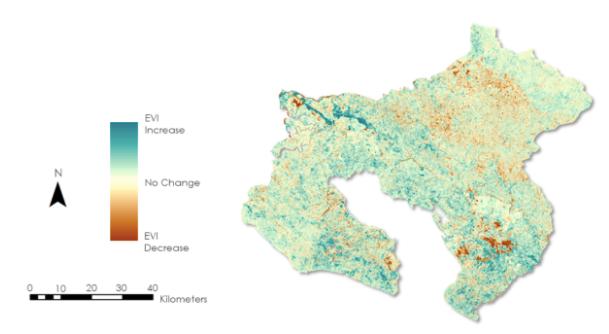
Areas in blue reflect increases in vegetation health while orange reflects decreases. Over this 32year period, vegetation health generally increased in protected areas (outlined in red), including the Osa Peninsula and Talamanca Mountains, but drastically decreased in the Amistosa Biological Corridor. The Corridor is primarily of privately-owned properties including cattle farms andplantations.
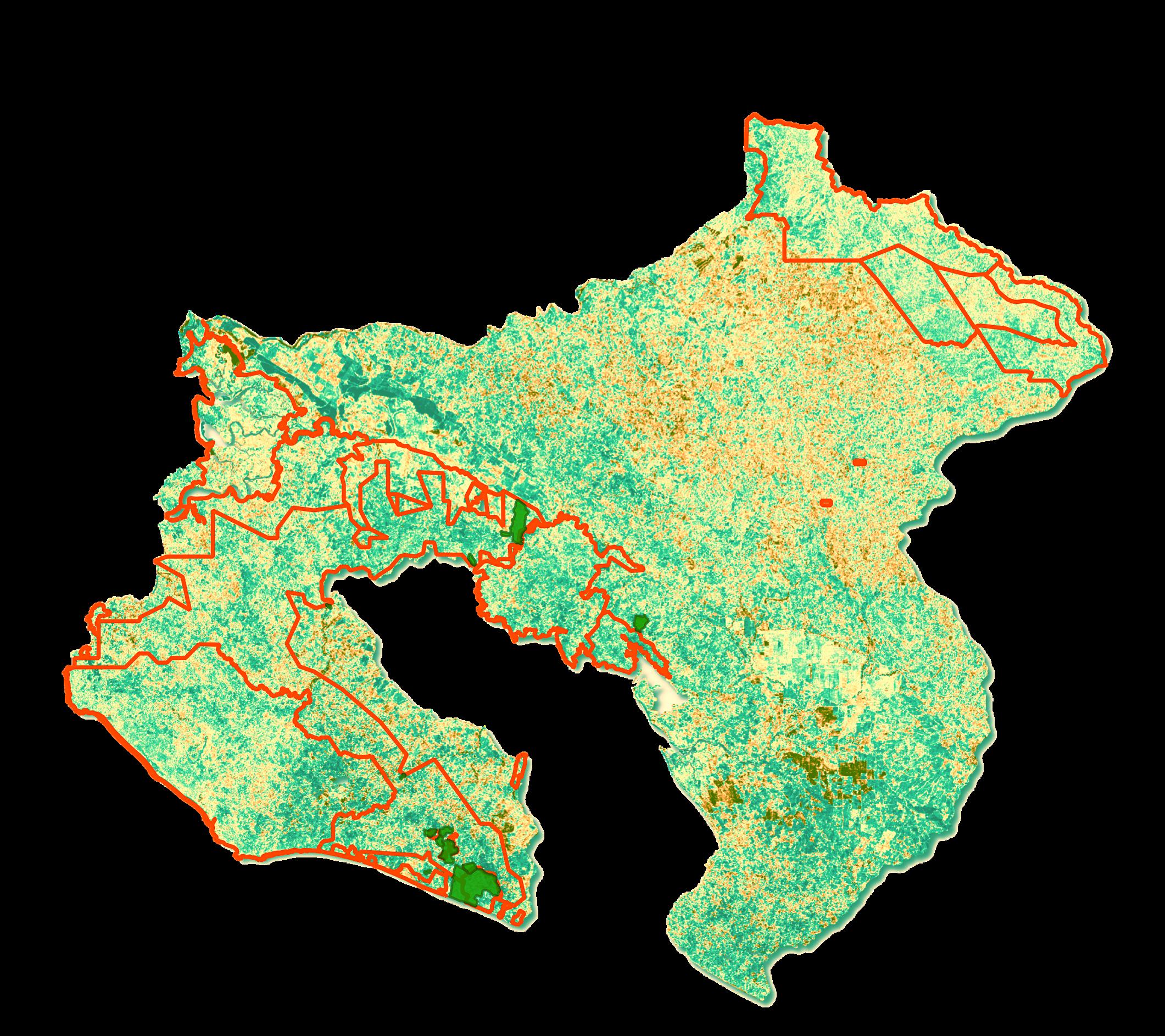
In order to preserve the globally-significant biodiversity of the Osa Peninsula in the face of climate change, connectivity must be re-established from the Osa lowland rainforests to the vast wilderness of the Talamanca Mountains.

To rebuild this connectivity, Osa Conservation leads their Ridge to Reef initiative, an amalgamation of sustainable infrastructure, cutting-edge technology, scientific exploration, and conservation action to protect one of the world’s last wild places – from the transnational Talamanca mountain ridges to the Pacific Ocean's coral reefs. Powered by a network of partners and local stakeholders advancing holistic conservation strategies, Ridge to Reef is currently working to:
Reconnect fragmented forests throughout Osa's biological corridors with rare, native and endemic species
Restore crucial biological interactions and maintain existing forest cover
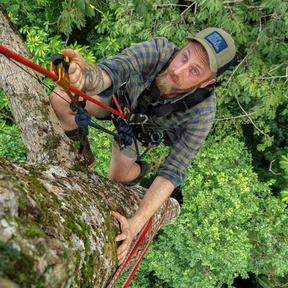
Rewild landscapes to encourage the return of ecosystem engineers, seed pollinators, and dispersers
Monitor wildlife movement and ecological indicators in real-time from ridge to reef
Develop and implement cutting-edge technology tools specific for tropical ecosystem conservation
Catalyze a shift in the social fabric of human-wildlife interaction and empower the next generation of conservation leaders to understand, advocate for, and protect their natural resources
TO SAVE AS MUCH BIODIVERSITY AS POSSIBLE.
Thank you
Executive Director Osa Conservation
Osa Conservation
From implementing cutting-edge conservation technologies on the ground to establishing a coalition of local rainforest protectors, this year Osa Conservation has pushed the frontier of conservation impact and scientific knowledge.
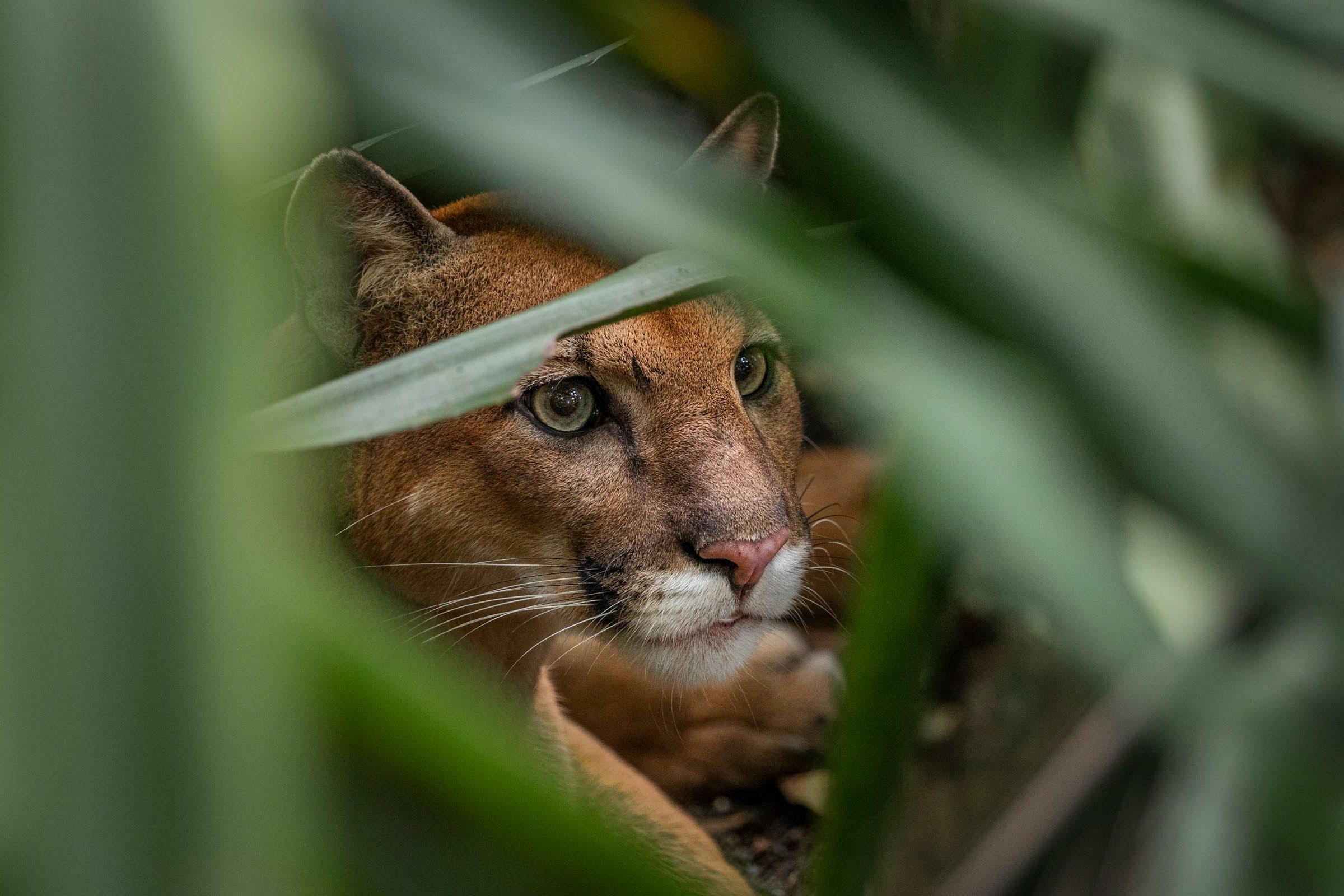


Osa Conservation works across the landscape to rebuild connectivity through protected areas and private lands.
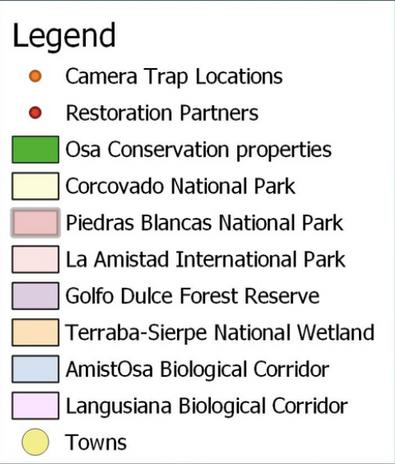
Our team has brought together a Restoration Network of over 200 community members (red) and deployed wildlife monitoring devices every kilometer from the Pacific Ocean to the Talamanca Mountains (orange) to understand how wildlife is distributed throughout the region.

69,731 km. patrolled by Rainforest Protectors
Expanded nursery to grow
175,000 native, rare & threatened trees
1,135 Pounds of plastic removed from sea turtle nesting habitat
40,000 Mangroves planted in Central America's largest protected wetland
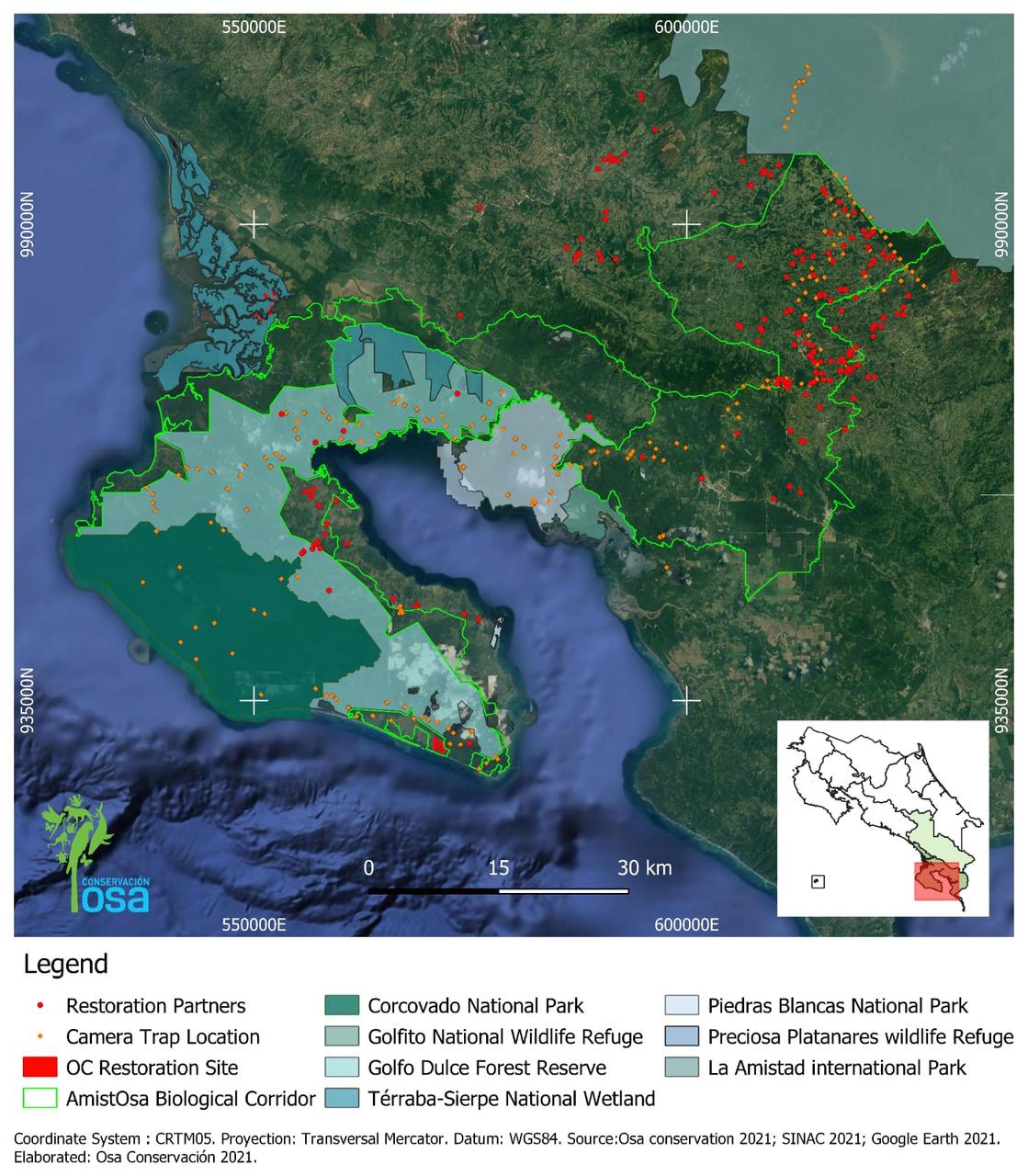

81,062 Rare, native & threatened trees planted
28,272 Sea turtle babies released
We restore rainforests and mangroves to help lost wildlife and flora return. Our work focuses on rare, native, and threatened species, some of which can be found here and nowhere else in the world.
Hand-in-hand with local communities, we plant and protect living forests that connect landscapes so biodiversity can thrive. This work is guided by scientific knowledge, and leads to the publication of numerous peer-reviewed articles annually.
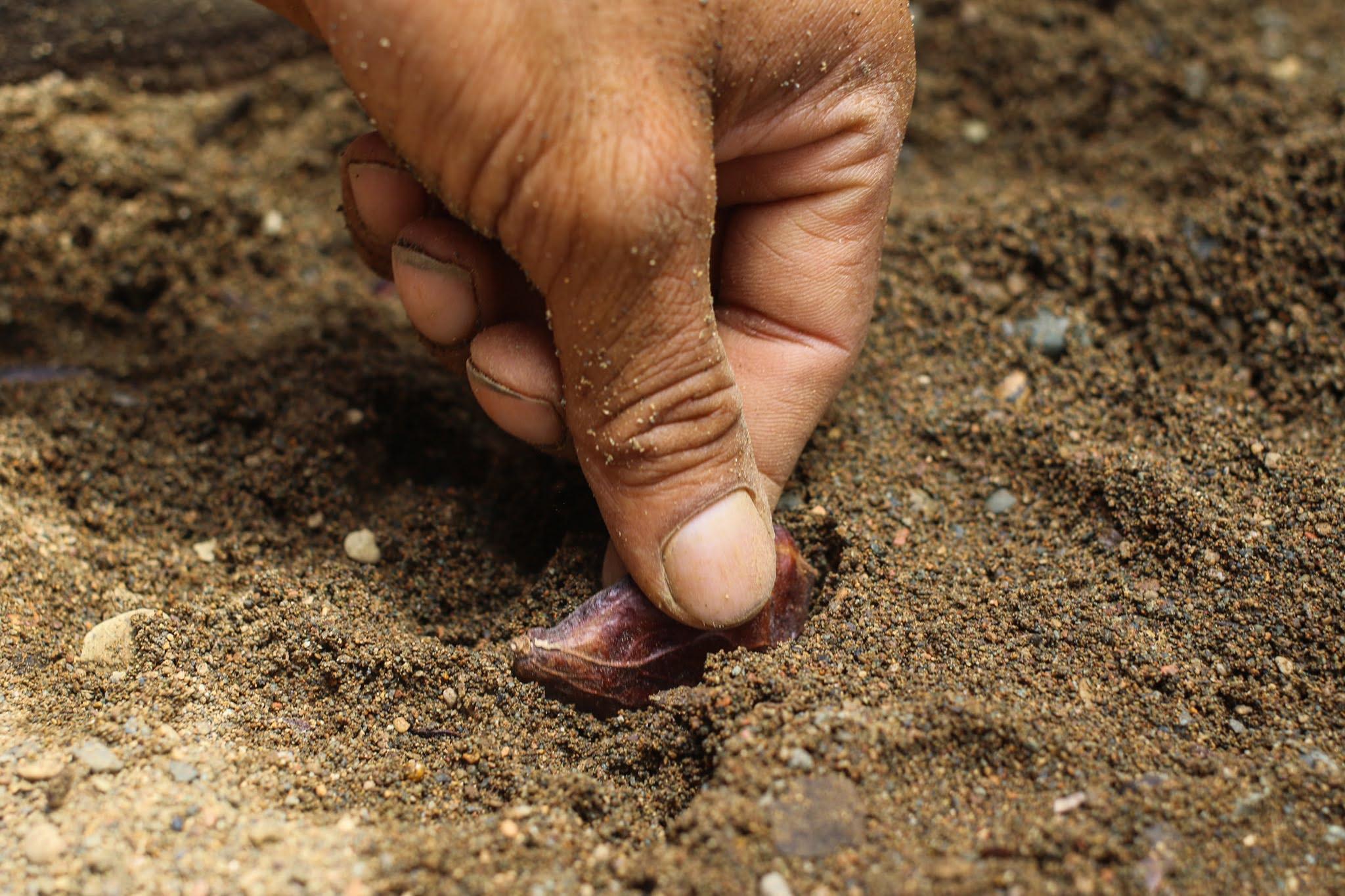
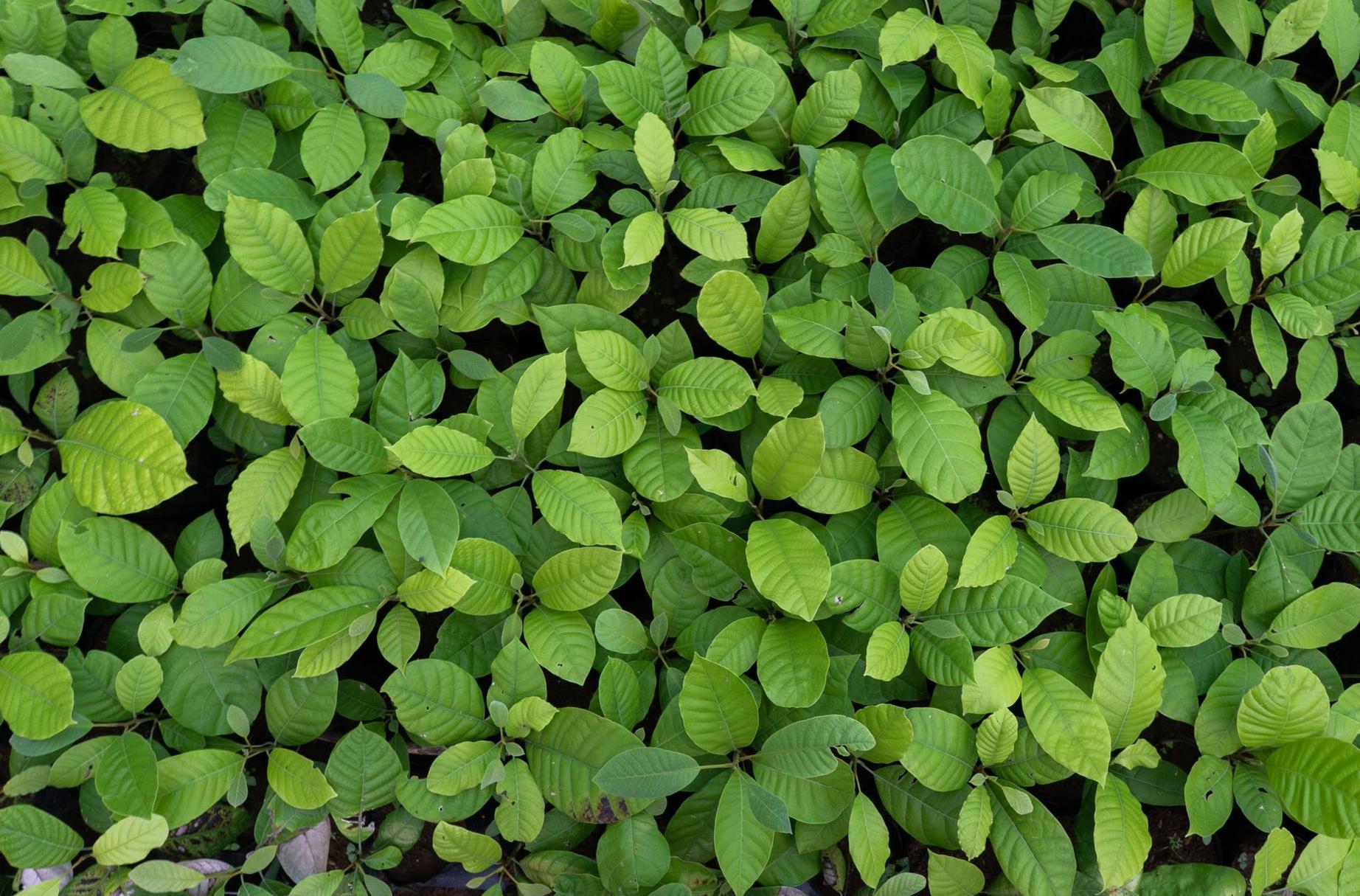
64,945 trees planted in 2021
81,062
RARE,NATIVEAND THREATENEDTREESPLANTED IN2022.
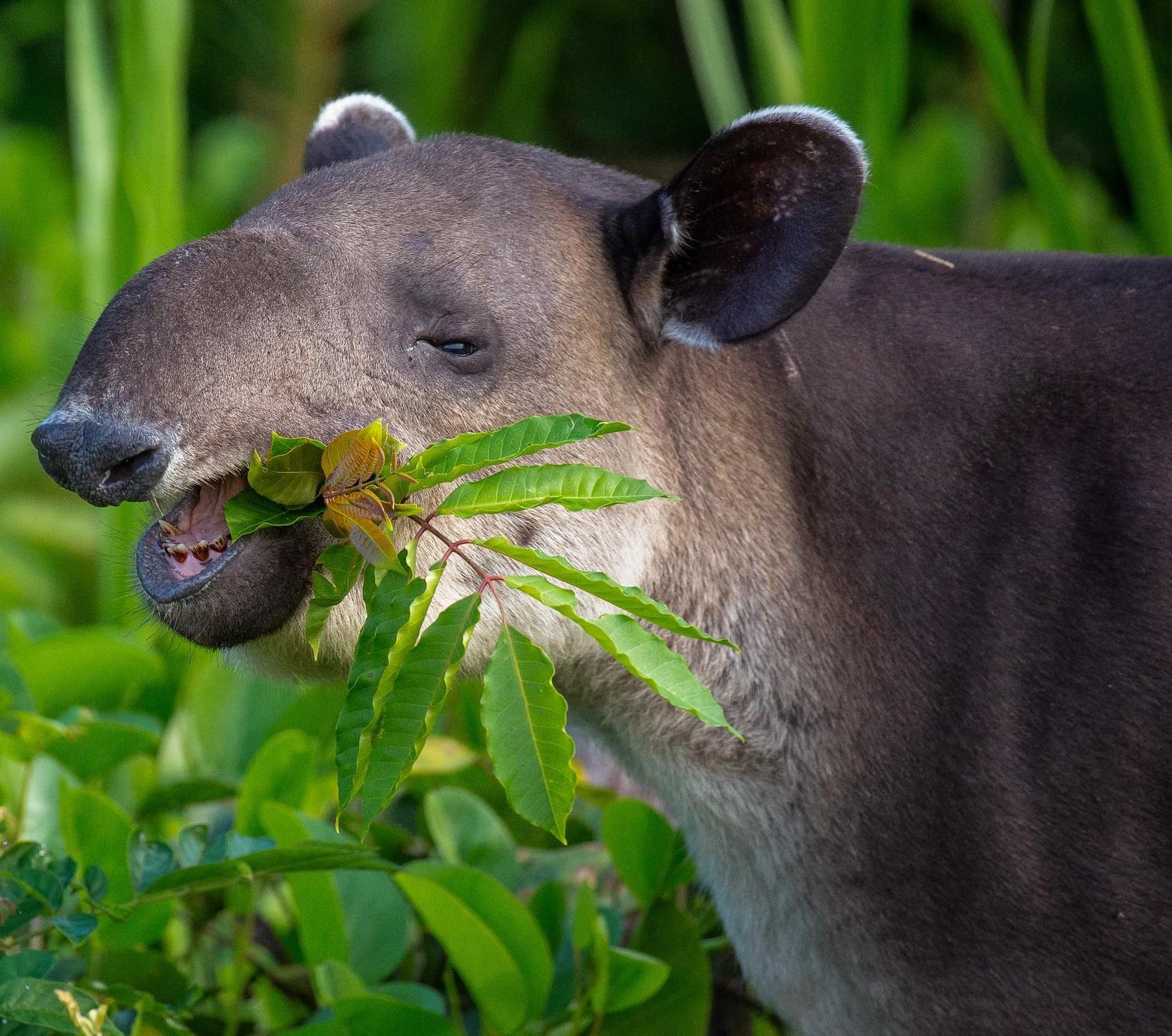
Deployed
+7
treetopbridgessoarboreal animalscansafelycross roads, bringingusto 20
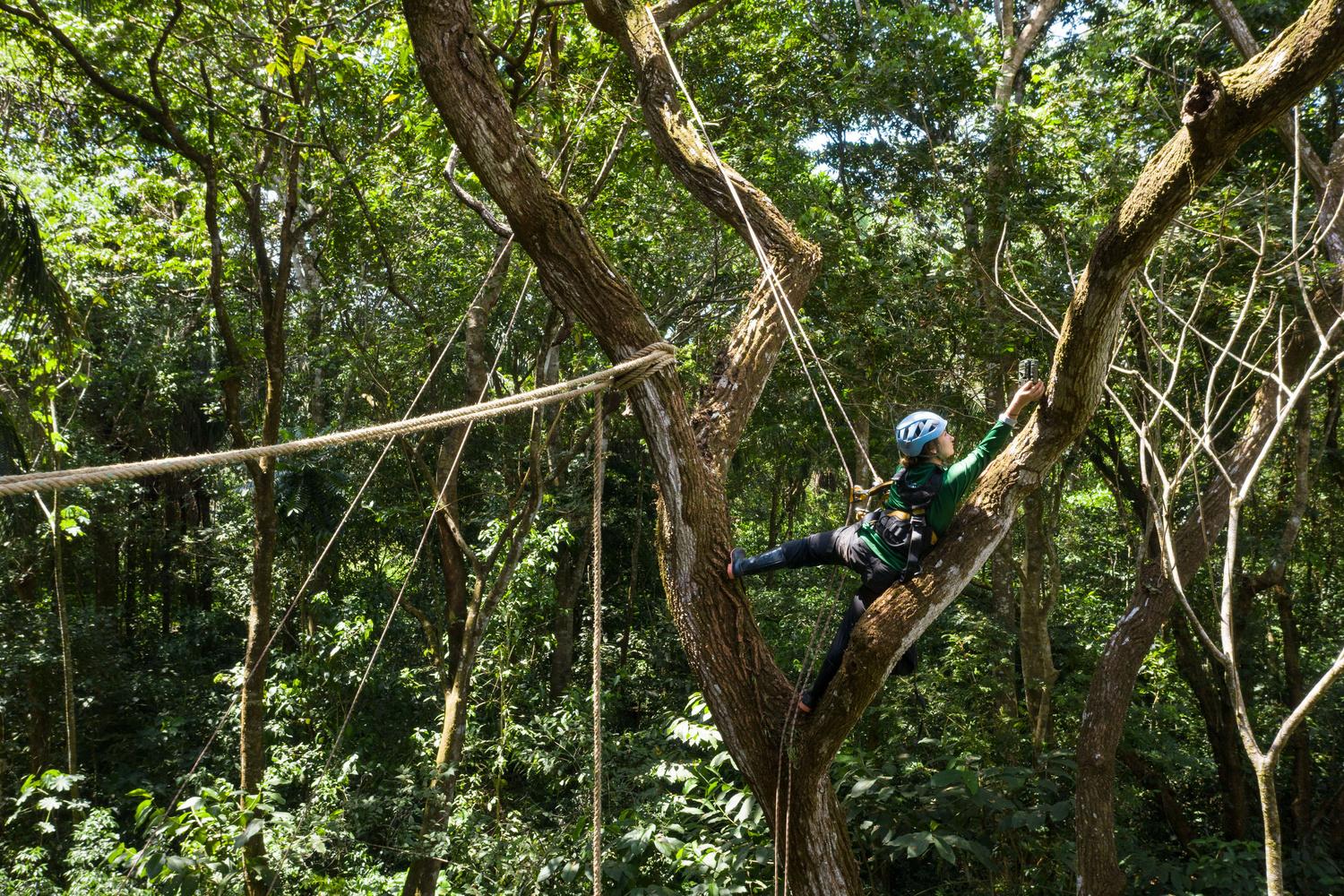
TOTALBRIDGES ACROSSTHEREGION.
40 ha.
Restored ofdegraded mangroveforest, bringingourtotalto
91.6ha. OF TOTALMANGROVE FORESTRESTORED.
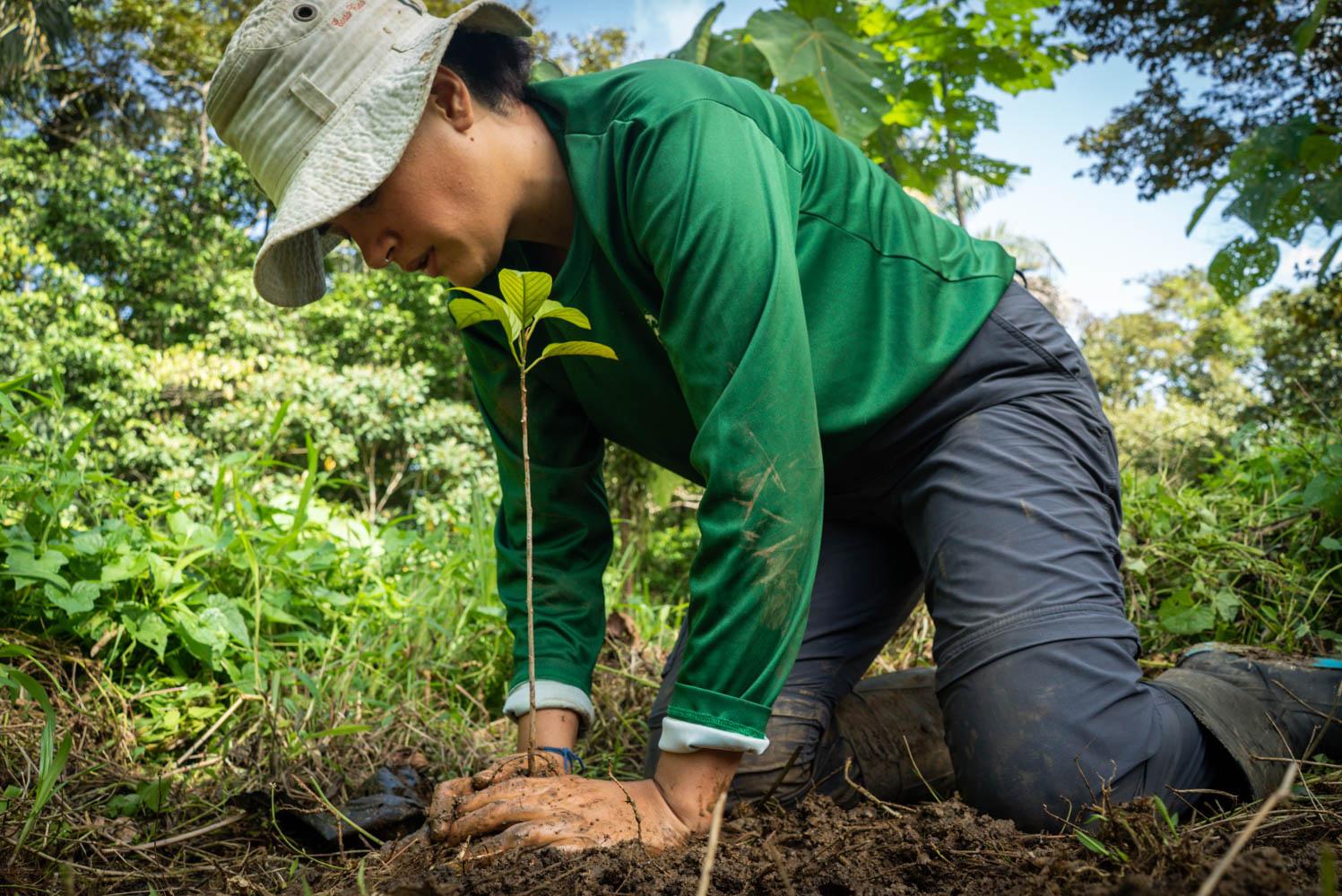
Innovation, creativity and impact collide at Osa Conservation, where we trial and test technologies to protect and monitor rainforest biodiversity. We helped to execute Central America's largest camera trap network to monitor wildlife from the mountain ridges to the coastal lowlands.

From thermal drone imaging to acoustic monitoring sensors and remote underwater ocean cameras, our tech ‘eyes and ears’ are on Costa Rica's most precious natural resources.
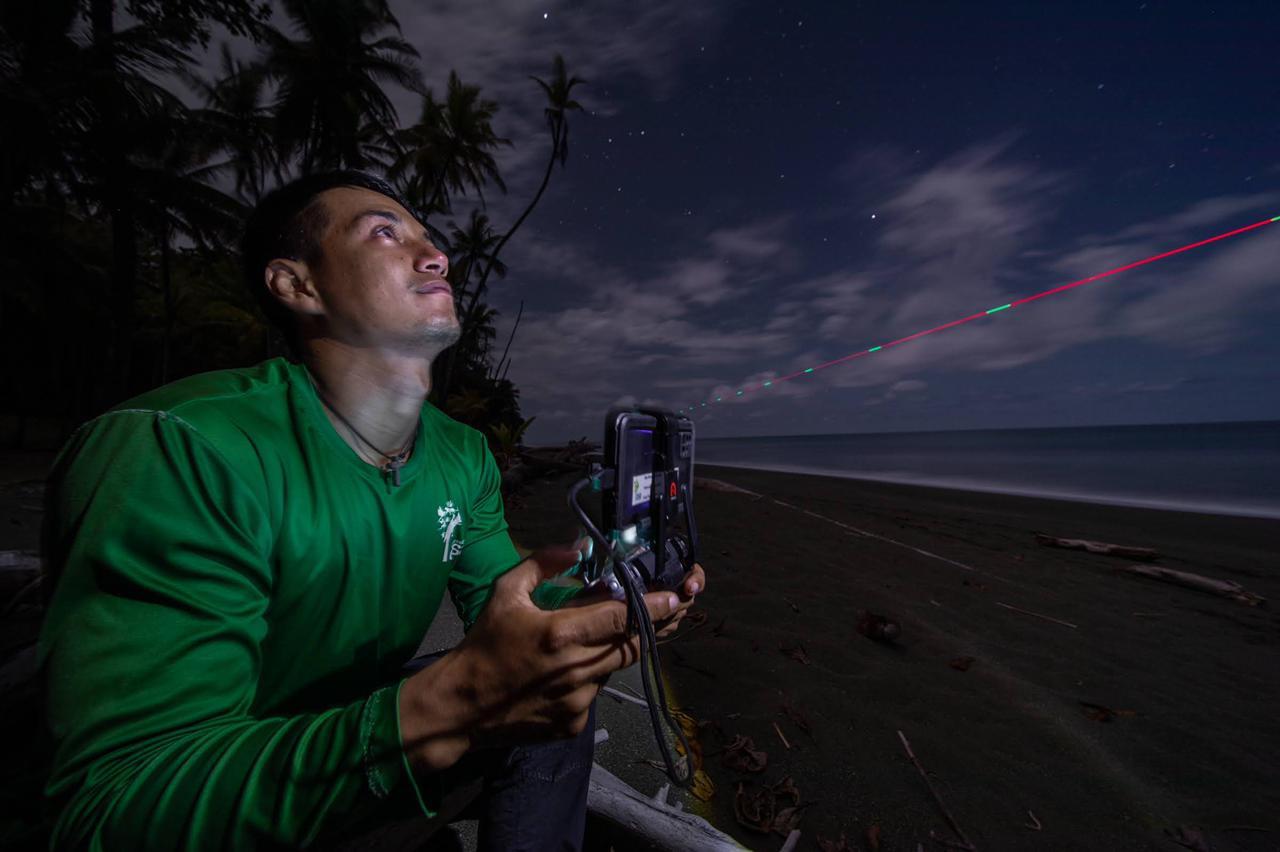
Deployedsolarpanel poweredGSMtransmitter backpackson
17
KING VULTURES
inPeruandCostaRica, markingthefirsttimethis specieshasbeentagged.
Thisdataallowsustosee howthe speciesmoves throughvastwildernessvs. humandisturbed landscapes.
Trained
30
volunteerrangerstopatrol
69,731km. andgenerate
27,265 biodiversityobservations. Thisdataisintegratedin realtime into Latin America'sfirst EarthRangerproject.


Collected
9,402
GPSdatapointsfrom 8 howthiskeystone speciesisrecovering outsideofprotected areas.
ENDANGERED BAIRD'STAPIRS, thelargestterrestrial mammalnativetothe Americastolearn about
Grewourfarm's productionfrom
71% 30% producein2021to of fresh produce consumed on the OC campus in 2022 grown at our farm.
Our work expands beyond the borders of protected areas, stretching across hundreds of private farms. We work with local farmers to promote biodiversityfriendly farming, increase forest cover and enhance ecosystem services on private land.
Our regenerative farm, Osa Verde, is the heart of these efforts, acting as a model system for growing wildlife-friendly sustainable produce in the tropics.

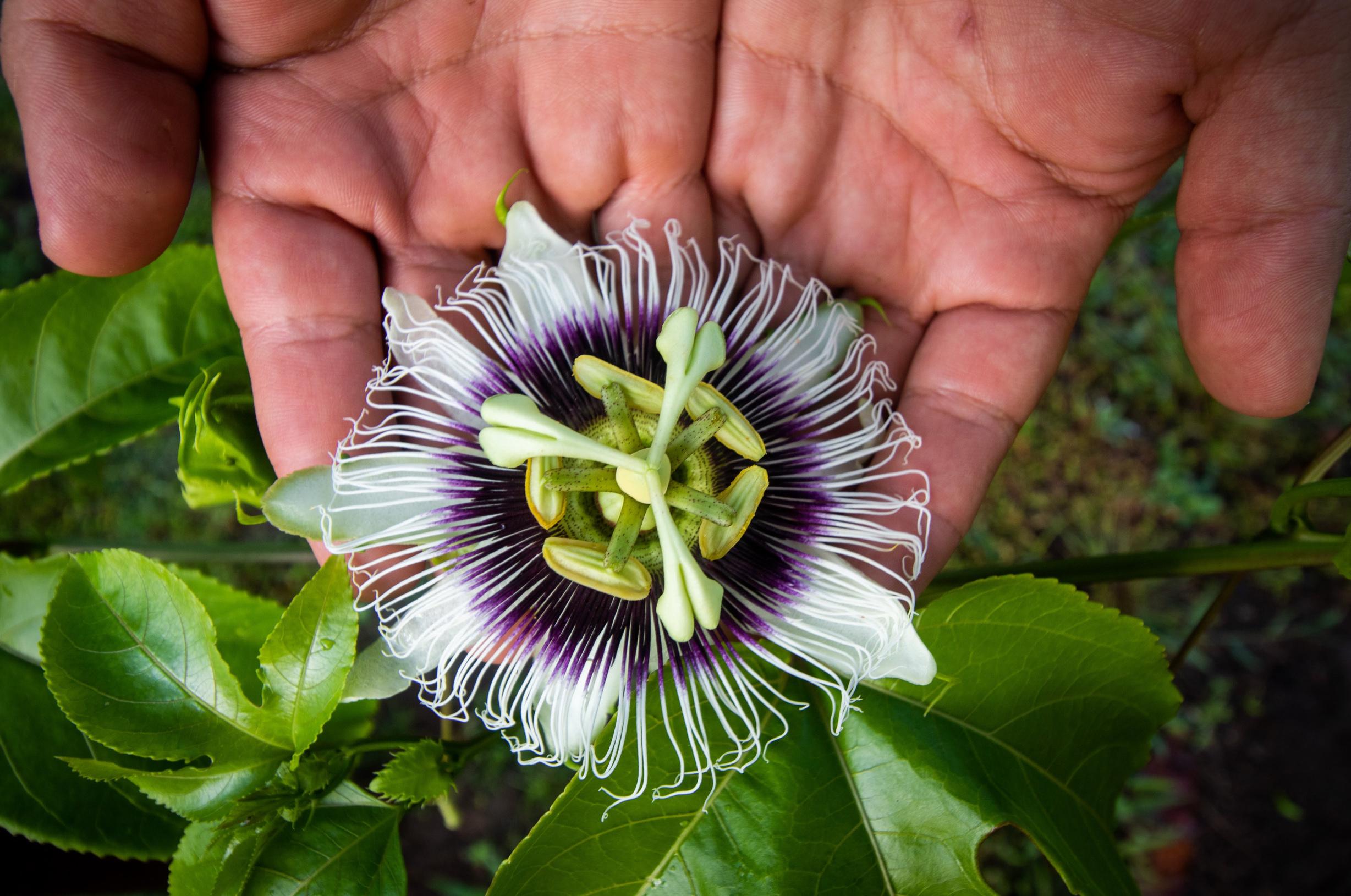

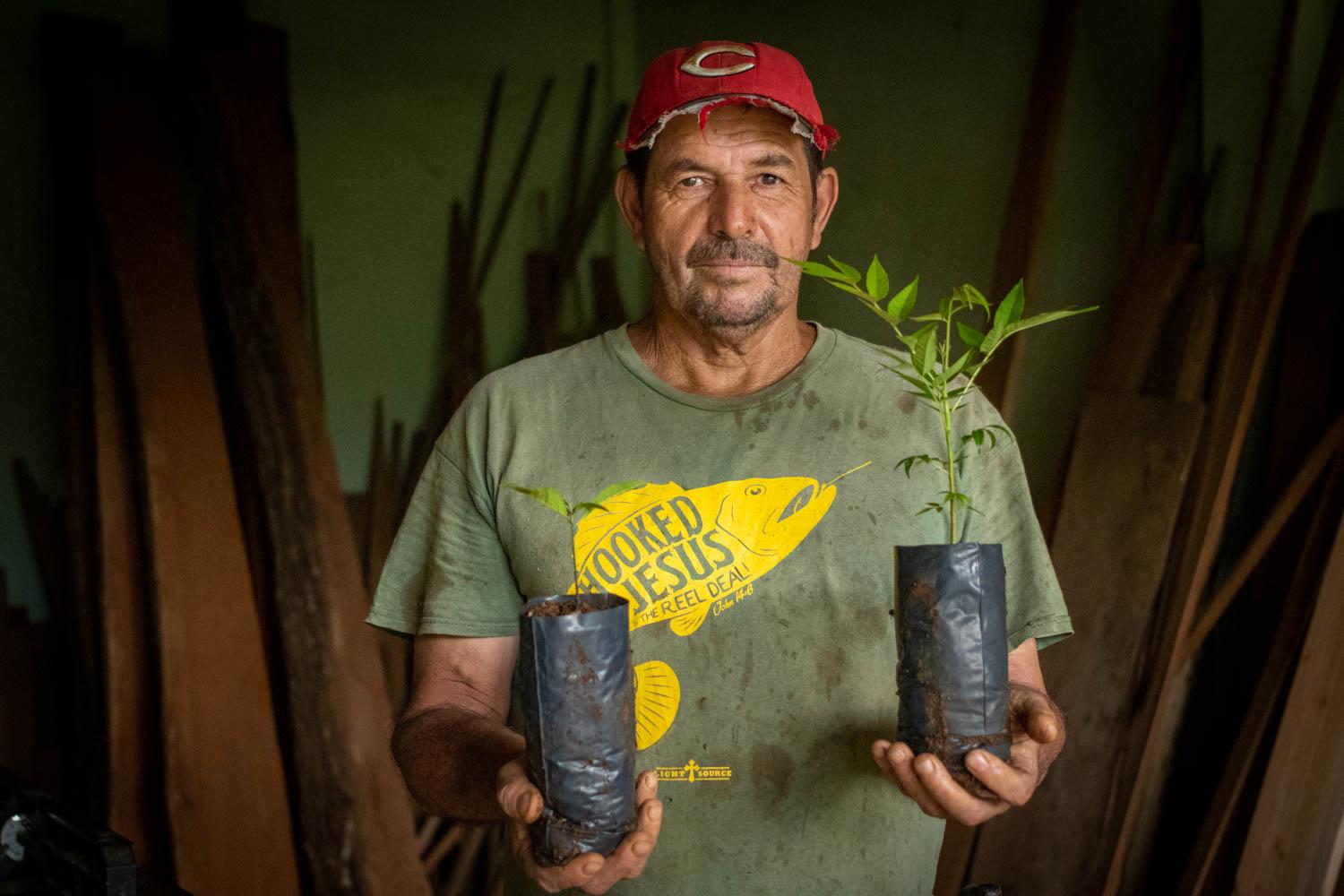
networkto
210
privatelandownersand farmers committedtorestoration implementation.
We strive to protect the marine biodiversity of the waters surrounding the Osa Peninsula, which connect crucial coastal breeding grounds to the Cocos-Galapagos Swimway.
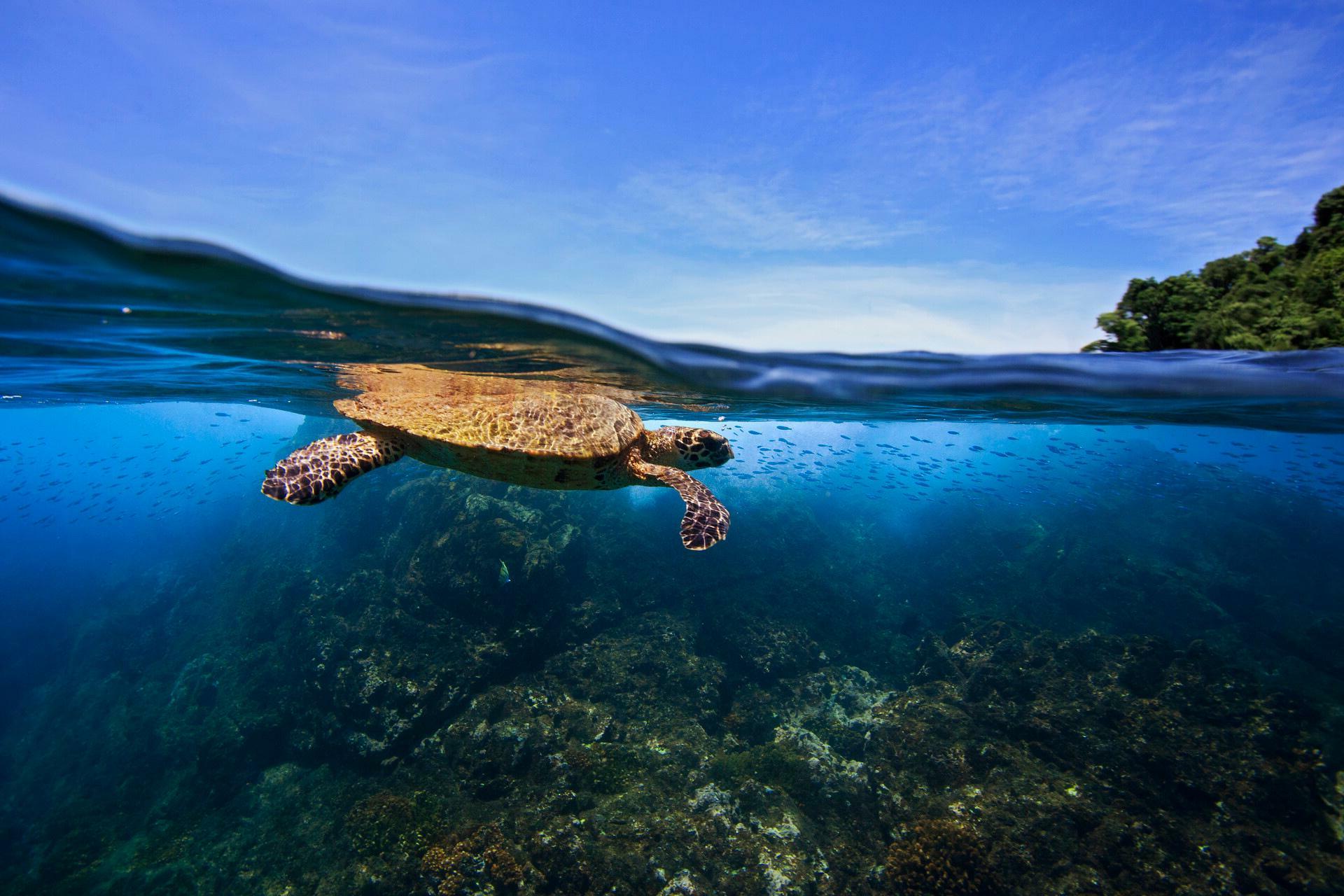
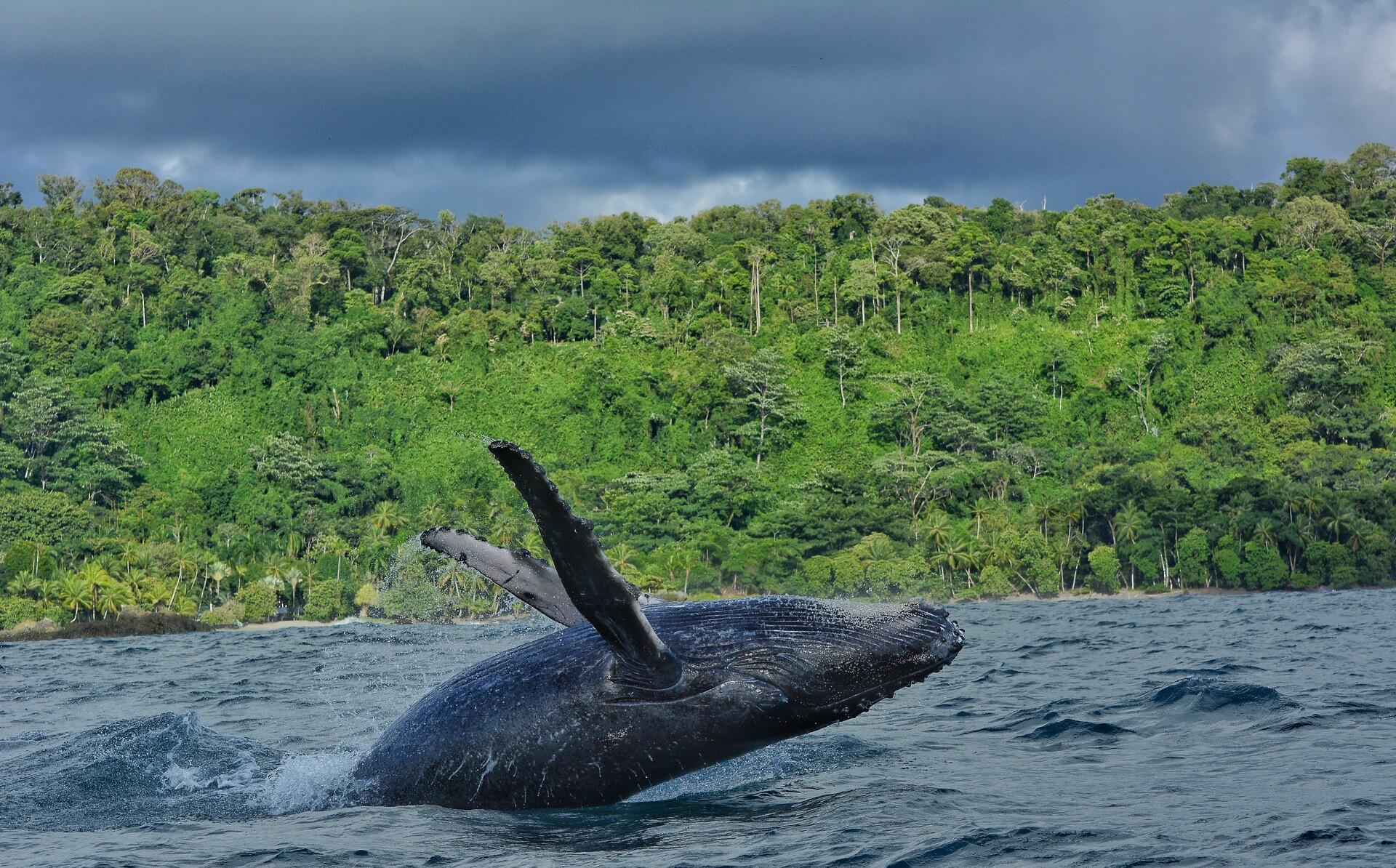
With the support of coastal communities, we work to increase protection of marine habitats, enhance coastal economies, increase fish stocks for local fishers, and uncover the unknown wonders of the Golfo Dulce and Pacific Ocean.
1,135lbs. Collected ofdebrisfrompristine seaturtlenesting beachesalongside 215 volunteers.
Workedwith NationalGeographic topublisha key piece of science showcasingthevalueof Osa'smarinehabitatsand needforprotectionof coastalandnear-shore ecosystems.

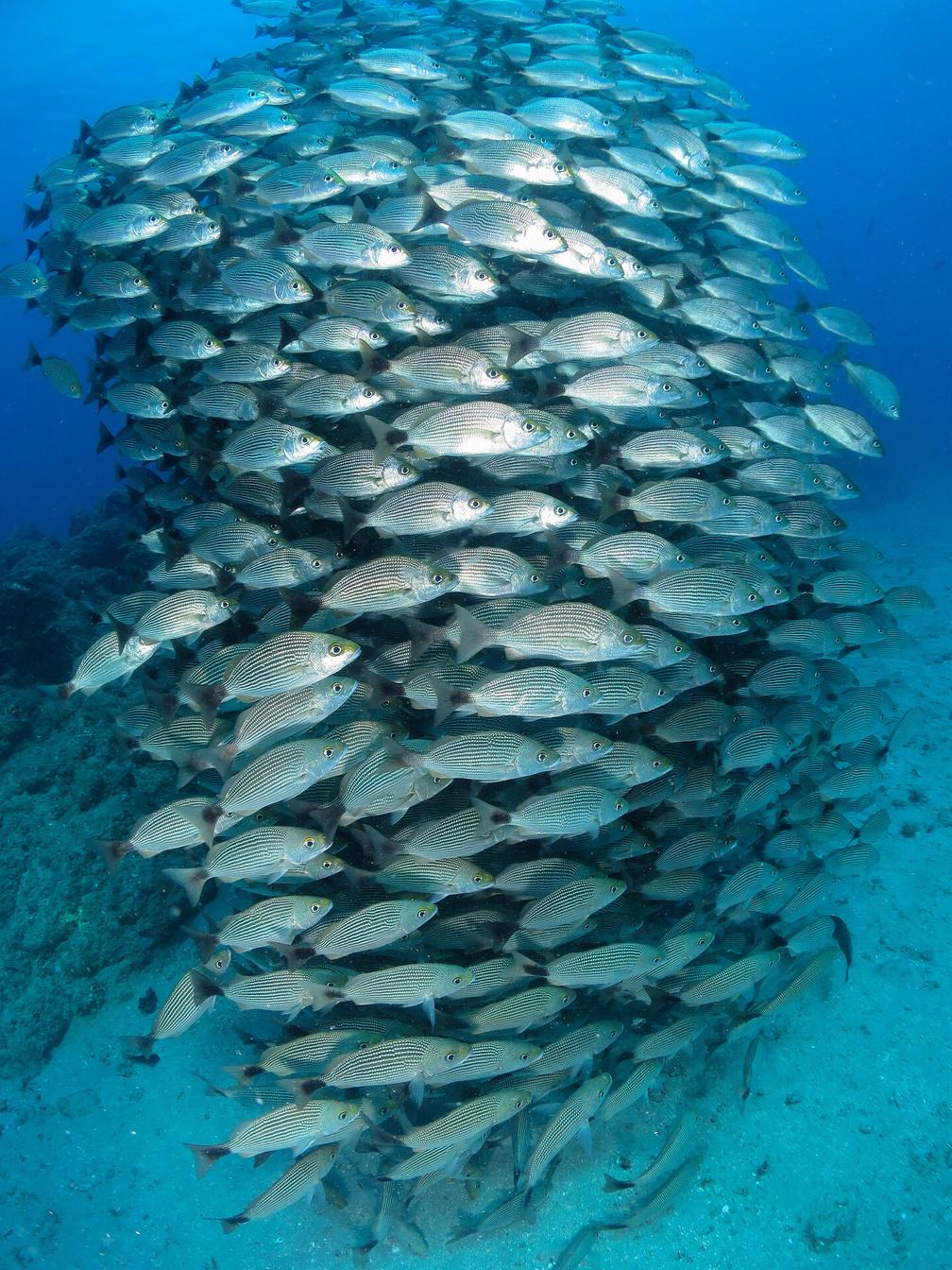
149 Ledaseriesof workshopstraining coastalcommunity membersonbusiness managementfor coastalcommunities.
28,272 Protectedandreleased seaturtlebabiesinour hatchery,bringingusto totalhatchlings releasedby OsaConservation.
208,700
114 Employed localcommunity membersthrough restoration,research, andconservation initiatives.
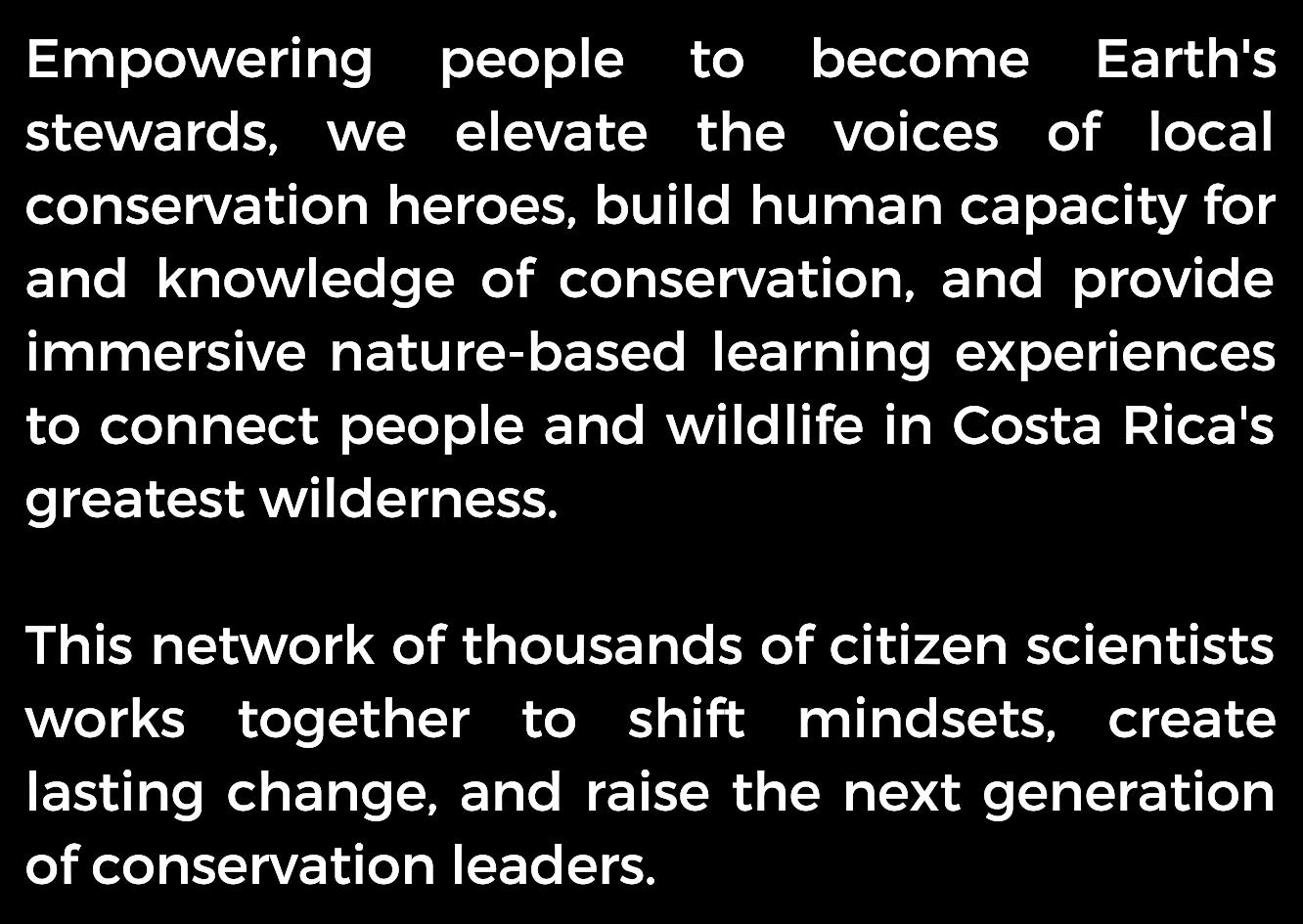

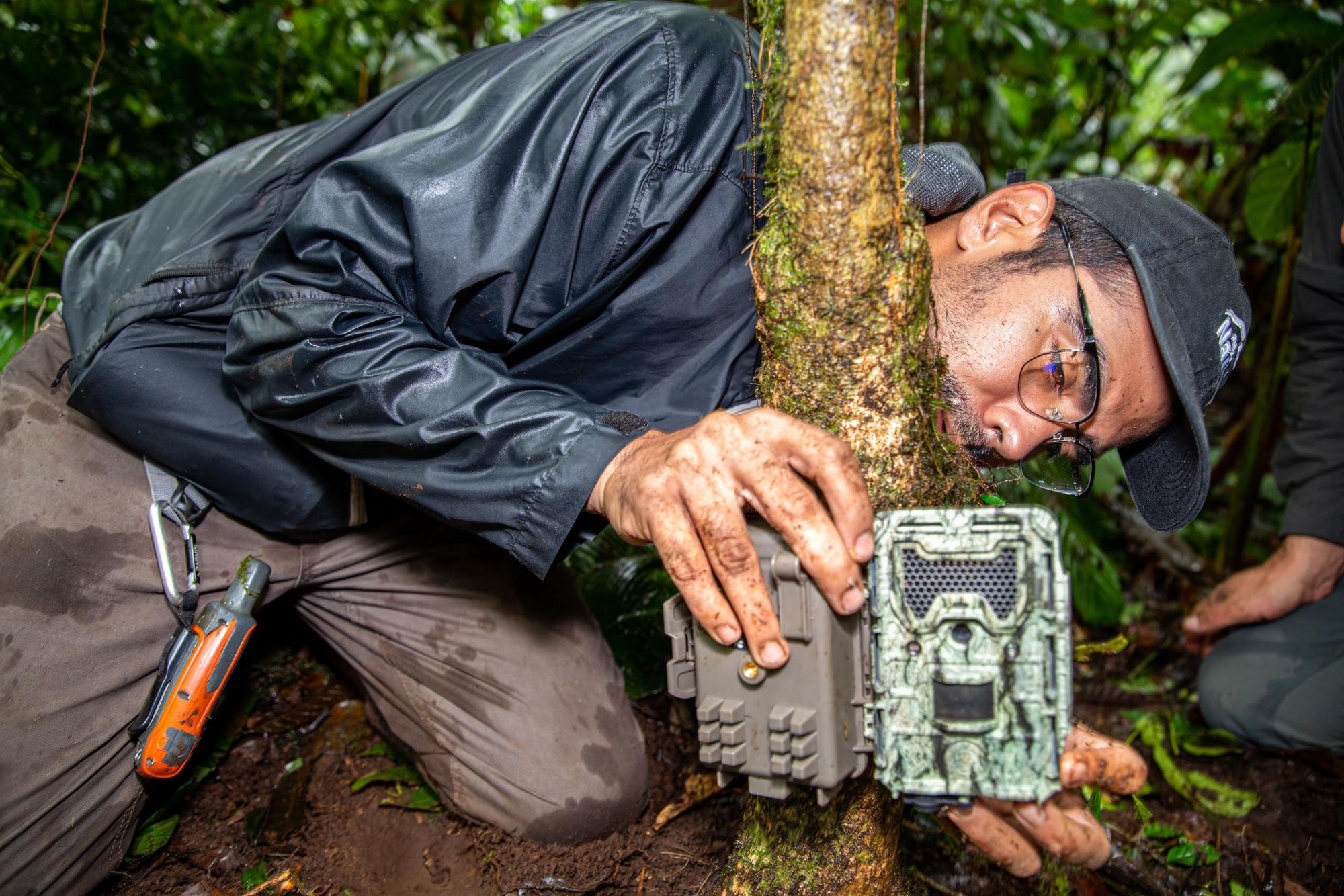
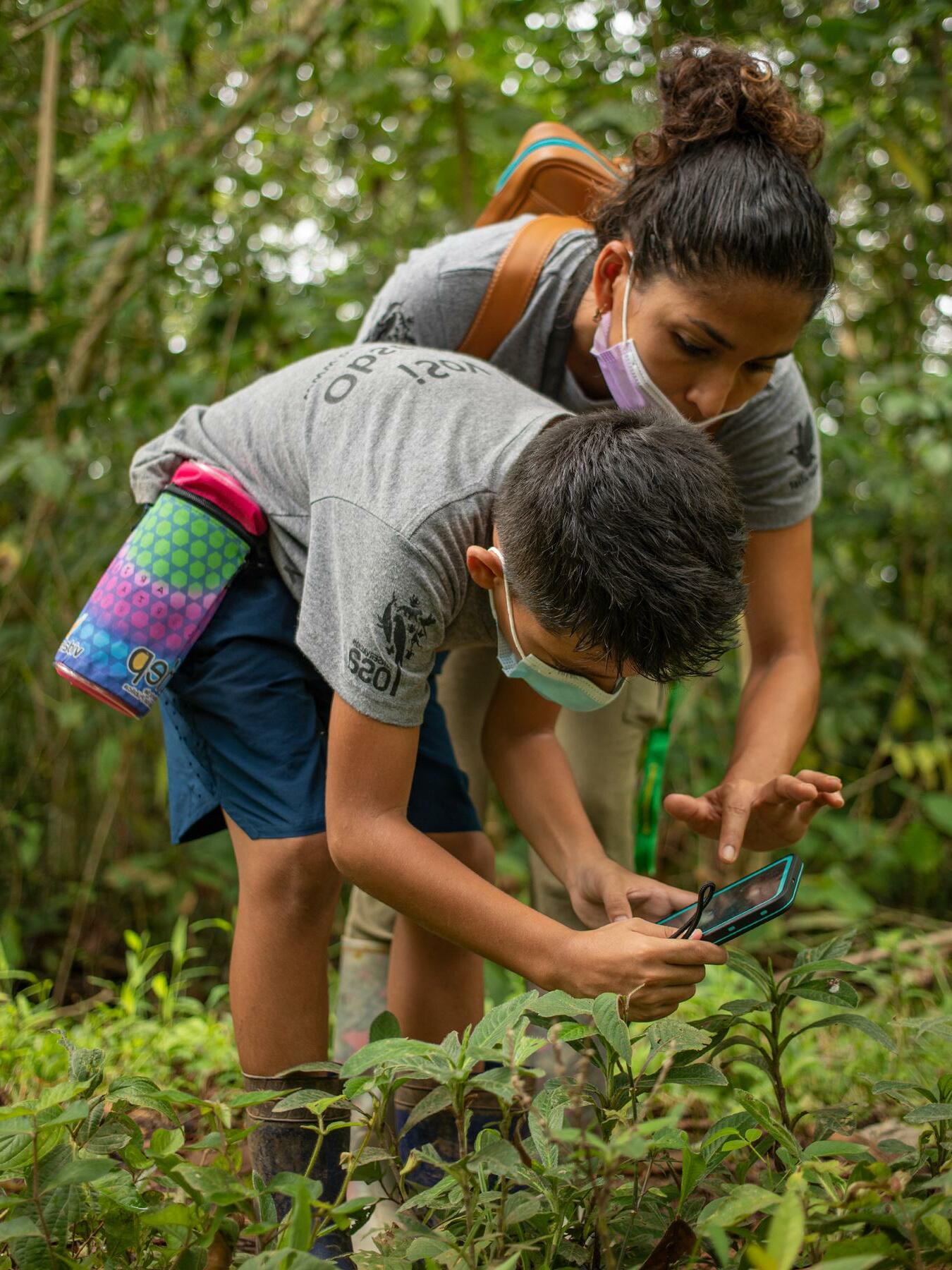
1,308Led uniqueinteractionswith Osa'syouthinnature throughtheRidgetoReef NatureClub,whichhas 9chapters acrosstheregion.

400 Hostedover communitymembersat thebi-annualRainforest HeroesCelebration,which honored 5 localheroesand familiesmakingan impactfornature.
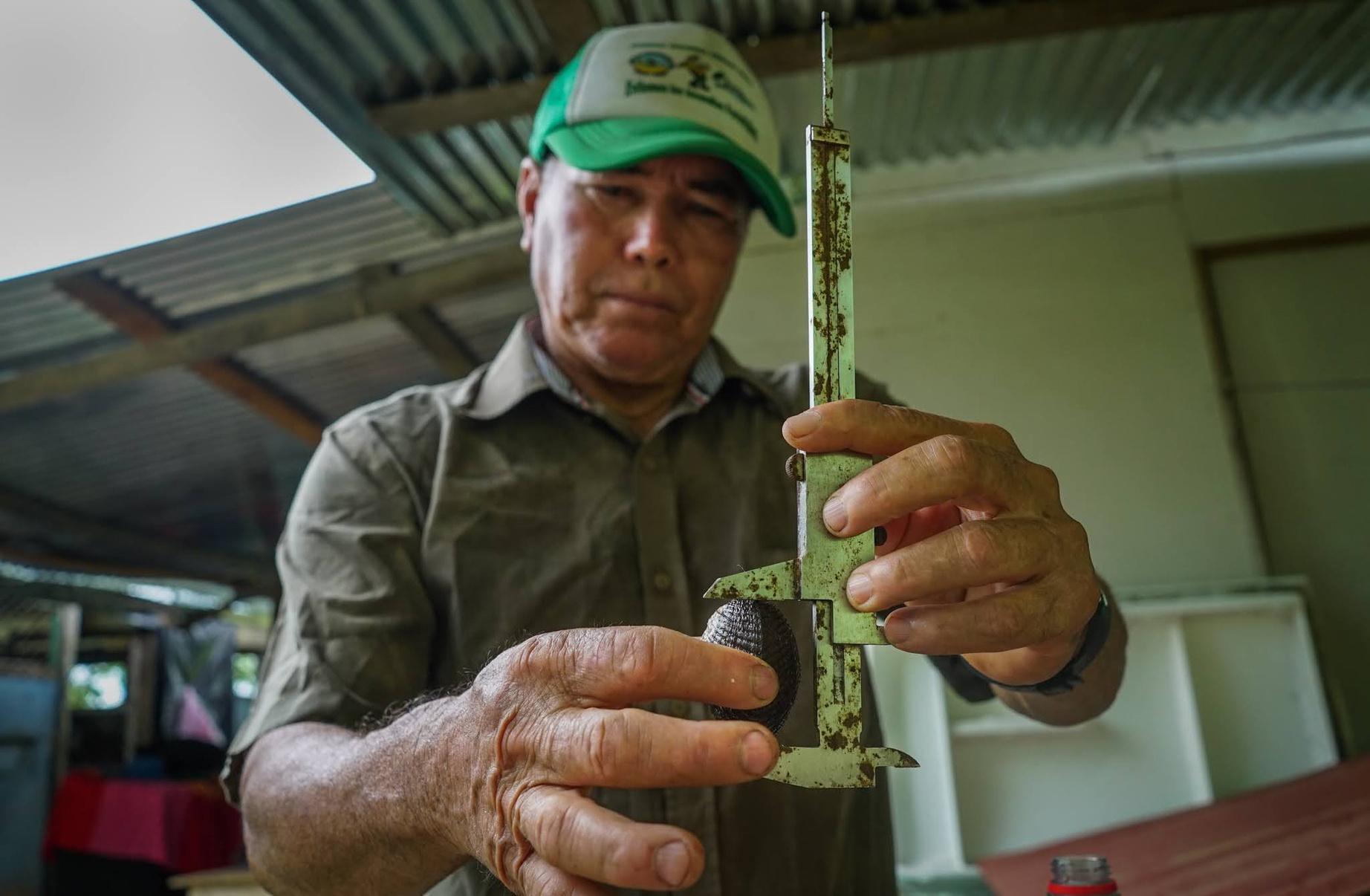
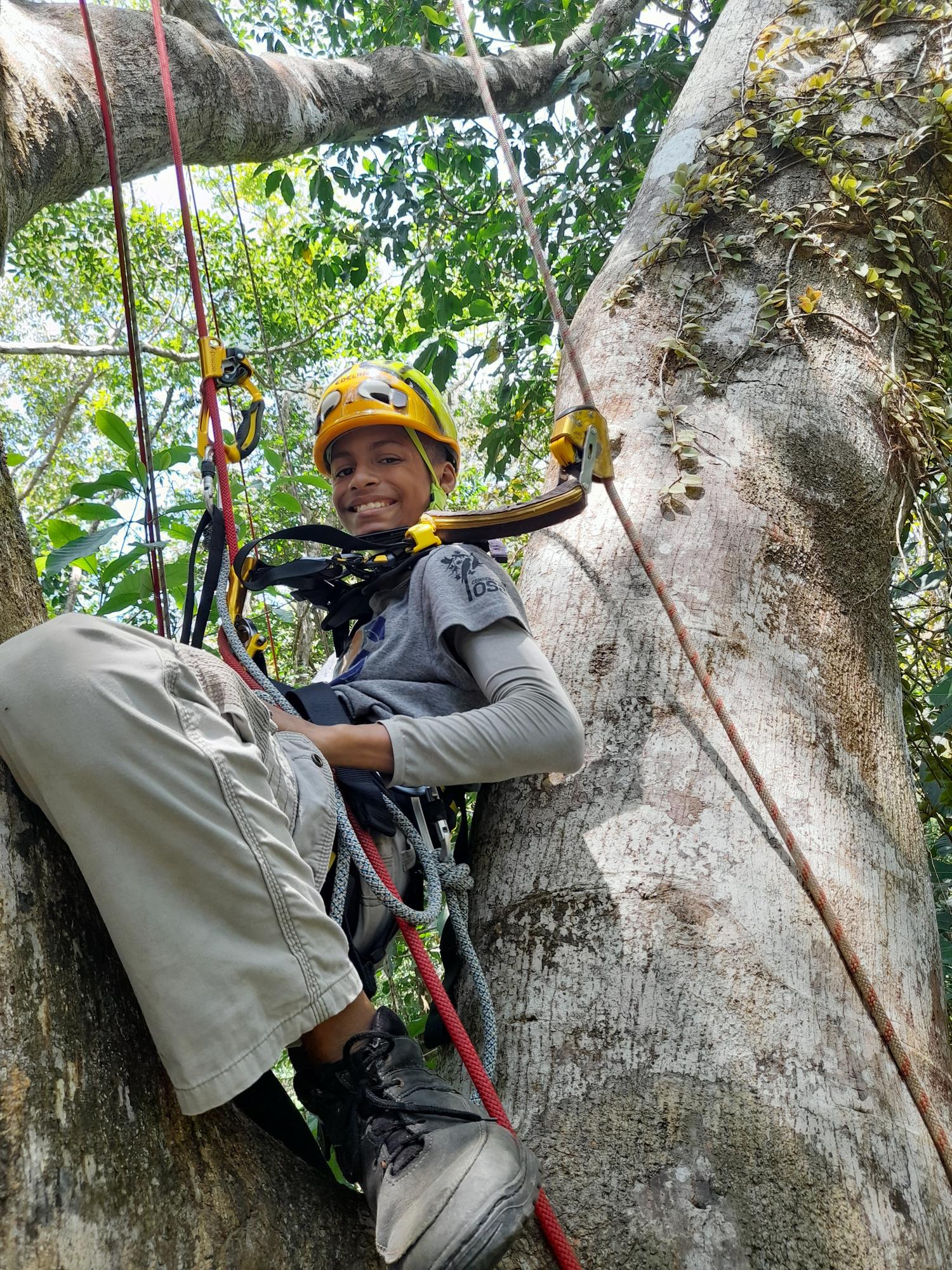
The Osa Conservation Campus forms the hub of our organization's impact - a facility for applied conservation action, ecological science and training. Here, situated in one of Earth’s greatest wild places, our well equipped facilities, dedicated conservation team, and extraordinary landscape, form an incubator for innovation and talent. This year we welcomed our second cohort of Ugalde-Forsyth Research Fellows, who pushed the frontier of scientific knowledge of tropical rainforest systems.

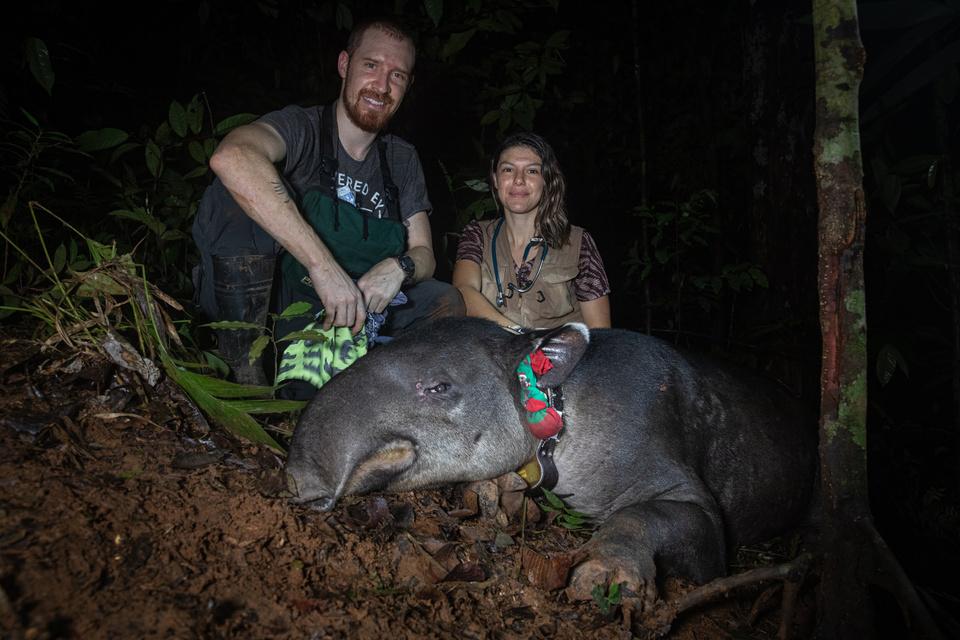
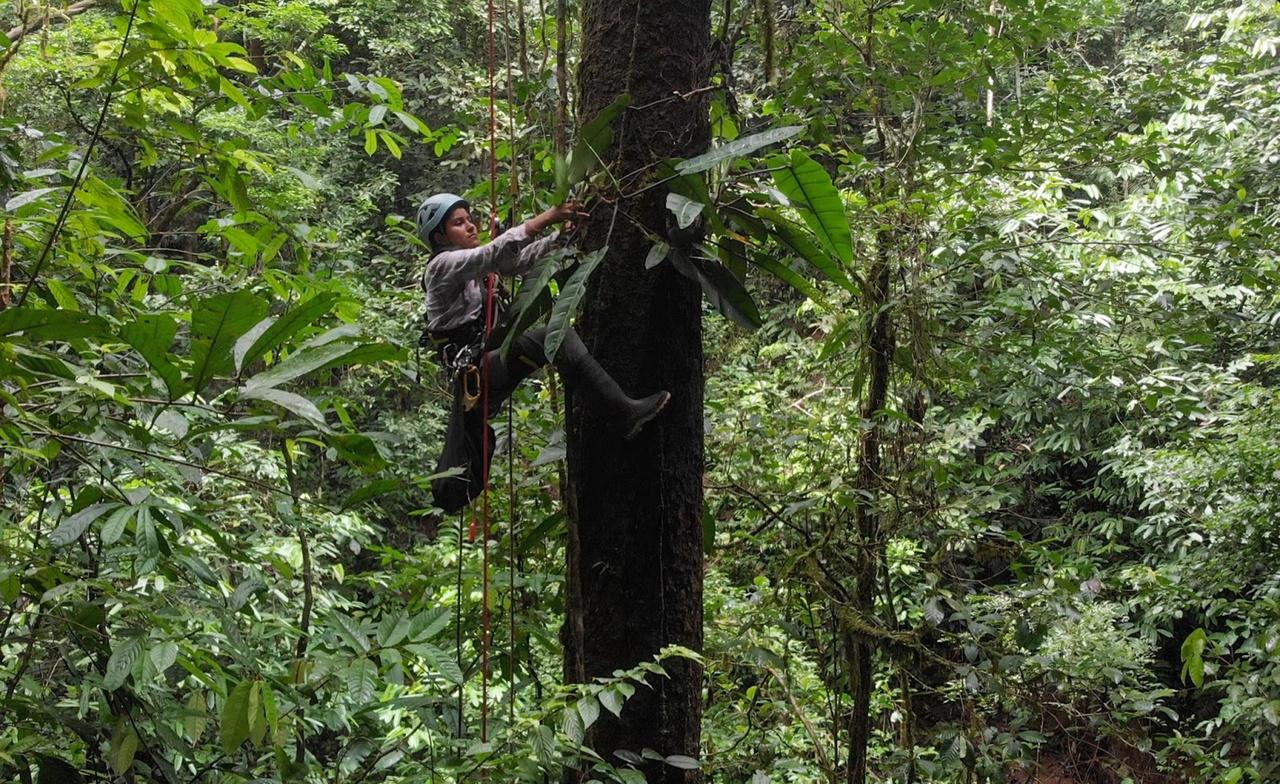
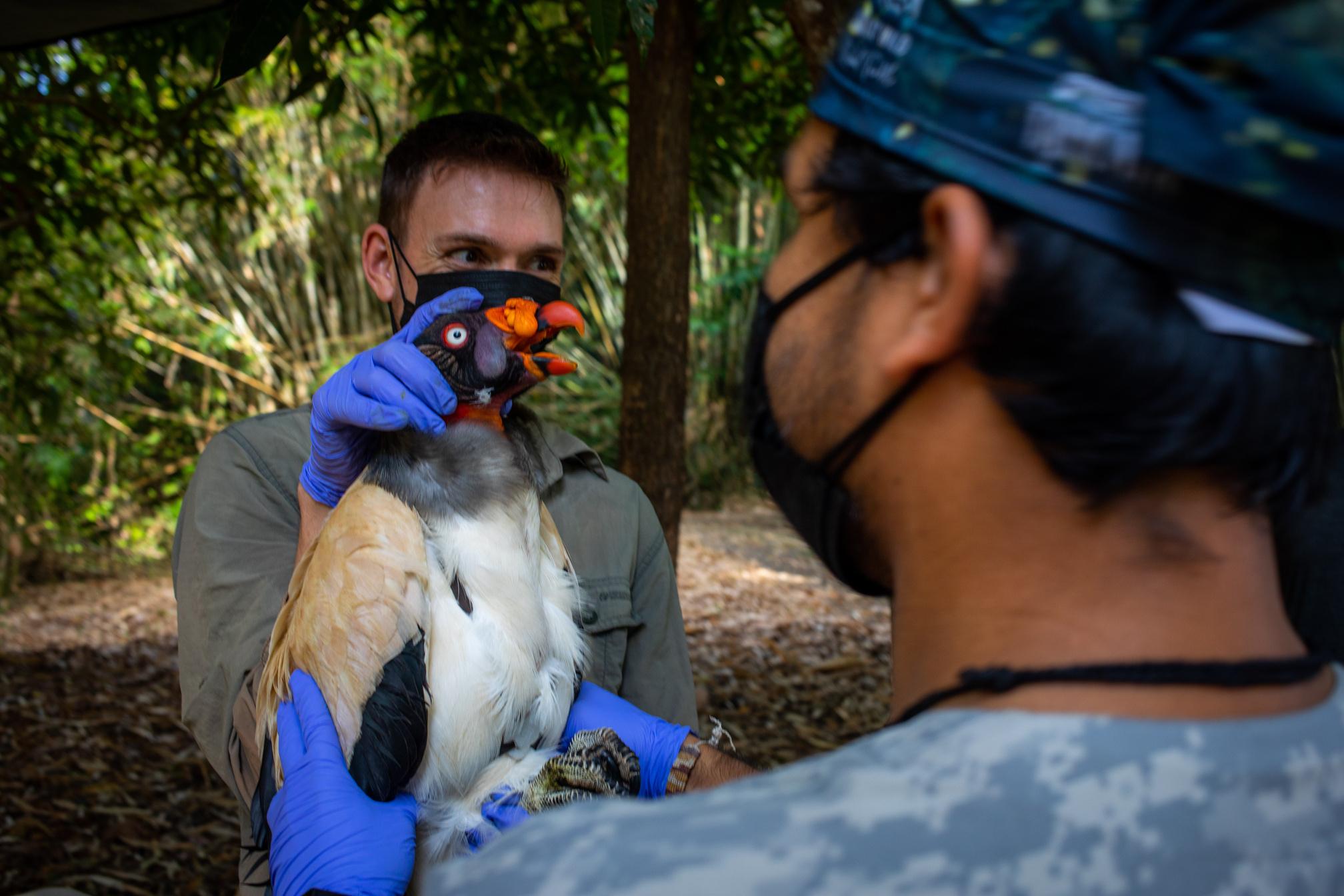
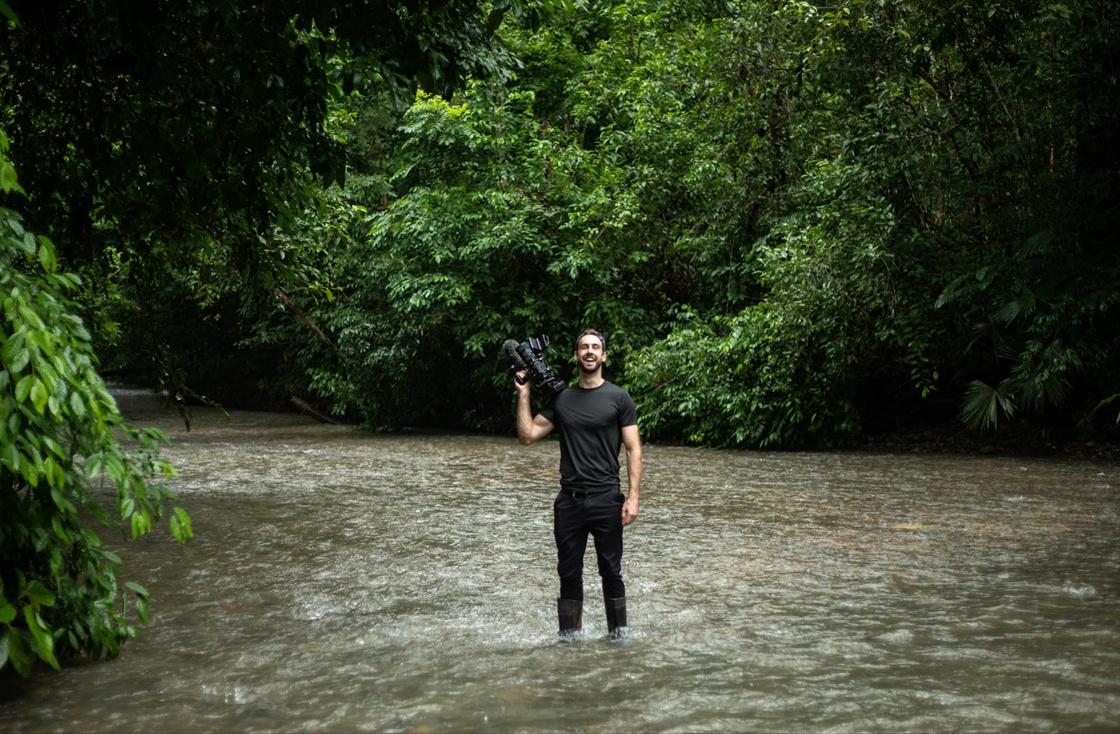
Hosted
10
Ugalde-Forsyth ResearchFellowsfrom 6
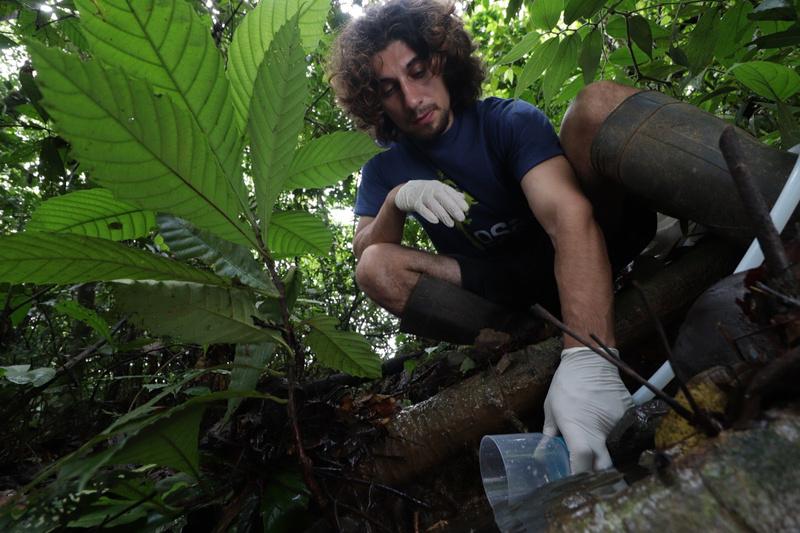


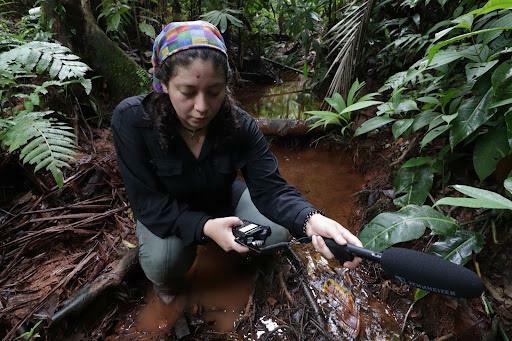
305
Together,thiscohort conducted cumulativedaysofactive fieldresearchstudyinga varietyoftopics. differentcountriesatthe OCCampusfor6months.
7 Drafted manuscriptsto publishtheirresearch inpeer-reviewed scientificjournals.

Osa Conservation's efforts are guided by scientific knowledge and evidence, and the scientific output of our work is key to maximize our impact. In 2022, researchers from the Osa Conservation team contributed to four scientific papers published in peerreviewed journals:
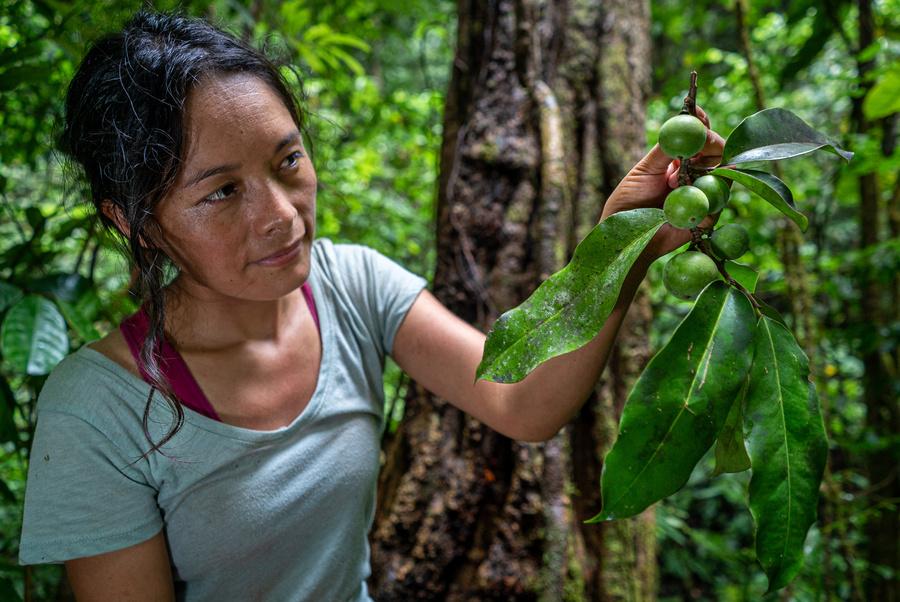
ThefirstpropagationofoneofOsa'sr June2022
This year our team was published in international scientific journal Tropical Conservation Science. Our work tells the story of the Pleodendron costaricense tree, a living dinosaur that was likely just a generation from extinction - and is now growing by the hundreds.
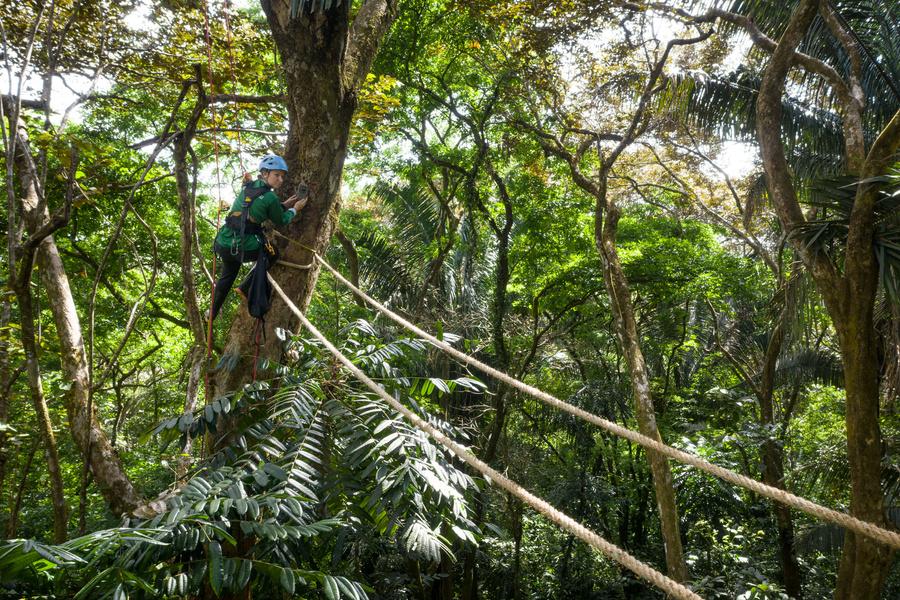
This research started years ago during our team's tough expeditions into Osa's rainforests on a mission to uncover more about the region's 10 most rare, native and threatened trees Fast forward through years of trial and error, we now have over a hundred Pleodendron costaricense saplings growing in OC's Native Tree Nursery - thanks largely to our botanic expert Marvin, who was born and raised on the Osa and whose legacy continues to inspire
We are happy to celebrate that this ancient species will remain among our forests and off the extinction list – just one more prime example of the power of conservation, science and the sheer pursuit of knowledge. Check out this video to learn more.
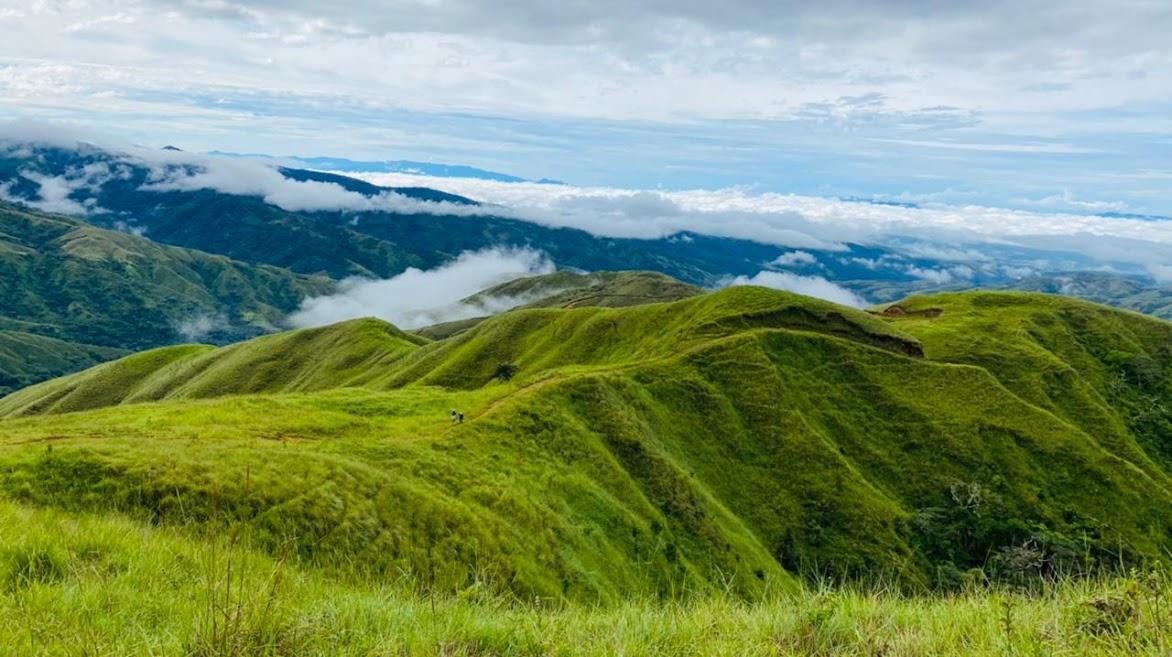
Our team has published a technical report in Folia Primatologica, showcasing the preliminary results of the first 12 arboreal wildlife bridges we installed across the Osa region.
The report also provinces vital information on site selection, bridge construction, installation time, and bridge costs in an effort to help guide conservation action throughout the tropics.
Maintaining forests connectivity is crucial to keeping wildlife populations healthy, and arboreal bridges are one way we can do that. Information on implementing arboreal bridges is sparse, particularly for tropical rainforests in Latin America. Communicating this work will hopefully expand and evolve wildlife crossings to overcome the barrier and threat of roads for treetop wildlife.
Osa Conservation's most recent published research highlights the use of the thermal infrared sensor drone for sea turtle monitoring at night - the first published research on the topic in the world. Featured in Frontiers in Conservation Science, this research concludes:
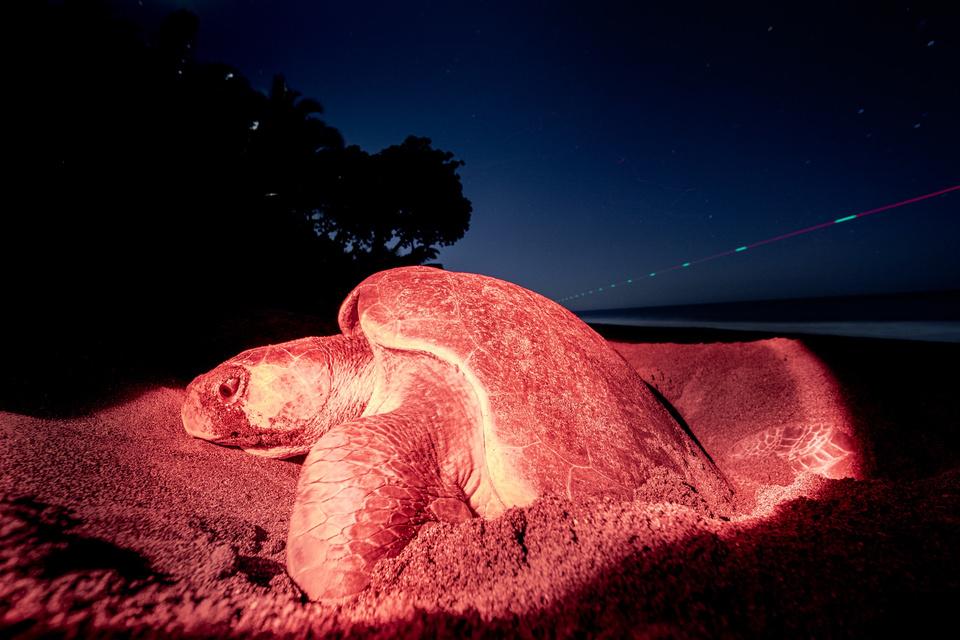
- Thermal camera drones can detect sea turtles, hatchlings, wildlife, nest predators and poachers at night, and can also differentiate sea turtle species by their tracks.
- The thermal drone is more effective at detecting sea turtle nesting activity than people patrolling by 20%.
- Its implementation can benefit sea turtle programs worldwide, especially on dangerous nesting beaches with high poaching rates.
n collaboration with the National Geographic ristine Seas team, Osa Conservation's Marine dvisor Dr. Noelia Hernandez co-authored a crucial iece of science that articulates the value of the Osa eninsula's coastal ecosystems for people and wildlife, showcasing that a "logical conservation measure would be to expand the [Corcovado marine] eserve. The open access article highlights the mportance of the Térraba Sierpe National Wetland or migratory marine fauna and keystone predators ncluding scalloped hammerhead sharks. The mangroves also provide flood protection and help essen the impacts of sedimentation and coastal rosion.
his is why Osa Conservation fights to:
Investigate, discover and disseminate the most impactful conservation practices for coastal ecosystems
Restore crucial habitat in the Térraba Sierpe National Wetland and beyond
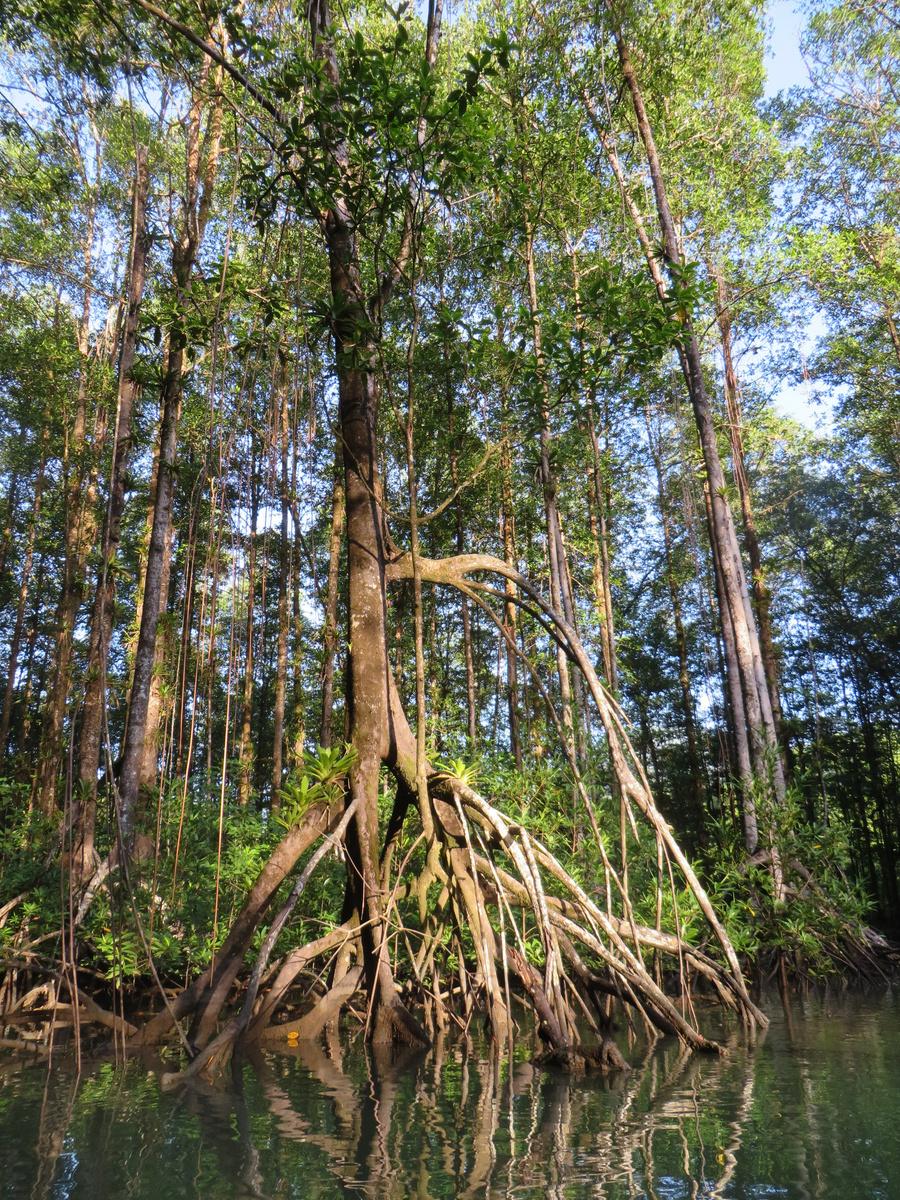
Work with local communities and the national government to create a Marine Protected Area in Southern Costa Rica's Pacific Ocean that would safeguard people and wildlife.
 1.
2.
3.
1.
2.
3.
Osa Conservation's properties are strategically located to maximize impact through habitat restoration, discovery, and protection. They allow researchers, volunteers and community members to explore wilderness first-hand, and propel our work toward climate resilience in the tropics.
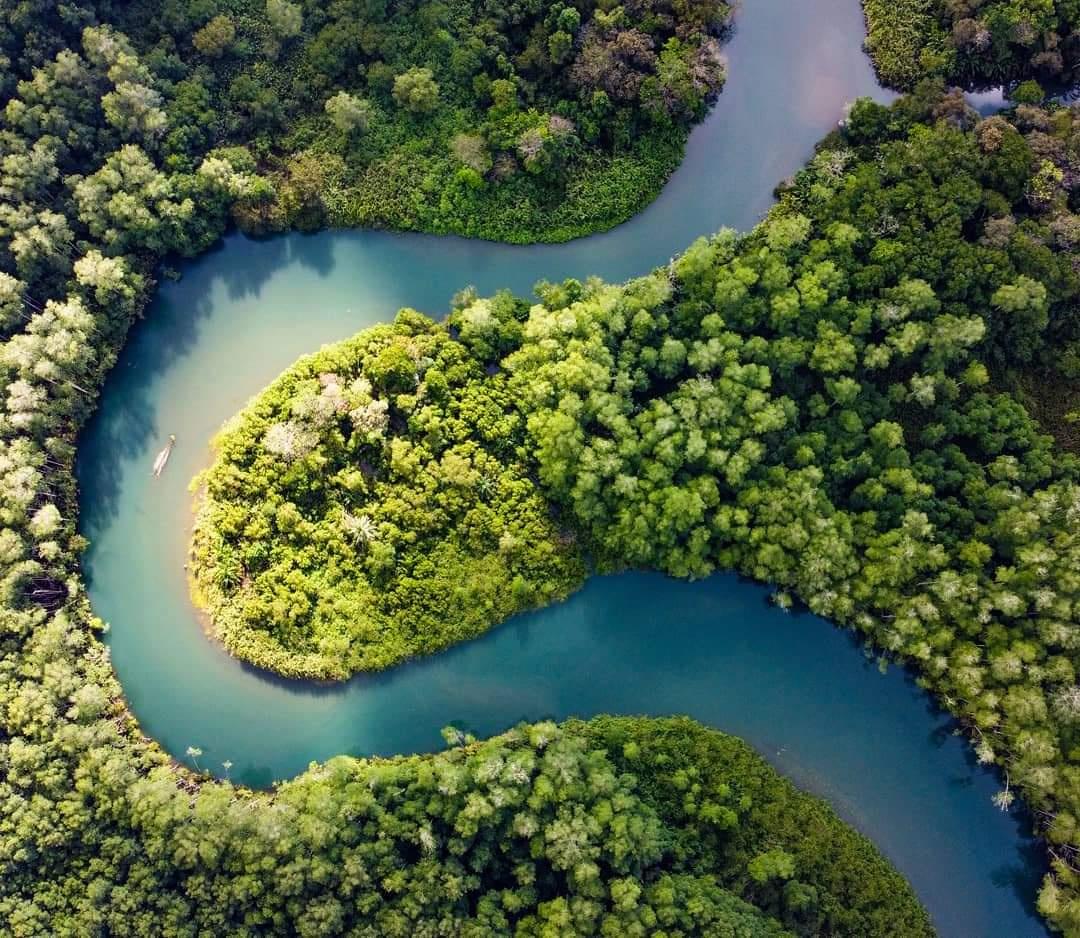
Over the past two years, Osa Conservation has acquired two crucial pieces of property that elevate our capacity for landscape-level conservation.
In 2022, the Osa Conservation Campus expanded by over 286 acres to protect the entire Piro Watershed. By safeguarding this river – from the headwaters, through the primary rainforest and out to the coast to where the river meets the Pacific Ocean – we will increase the quality of freshwater on which biodiversity, including wildlife and humans, depend.
Our recent acquisition of La Gamba, a key property near Piedras Blancas National Park, expanded protection for wildlife confined to the park's boundaries to further safeguard crucial habitat on the eastern side of the Golfo Dulce. Here, keystone species that have gone missing can one day return with strategic conservation action, and this protected land will help make that possible.
Each of these properties provide specific roles in supporting our conservation efforts, from coastal conservation efforts to hosting rare and native tree nurseries and protecting ancient megatrees found only in this corner of the Planet.
8,124 ACRES ACROSS SOUTHERN COSTA RICA

Osa Conservation properties highlighted in red, New OC properties highlighted in orange. National Protected Areas highlighted in green.
 Corcovado National Park
Golfo Dulce Forest Reserve
Piedras Blancas National Park
Terraba Sierpe National Wetland
Corcovado National Park
Golfo Dulce Forest Reserve
Piedras Blancas National Park
Terraba Sierpe National Wetland
